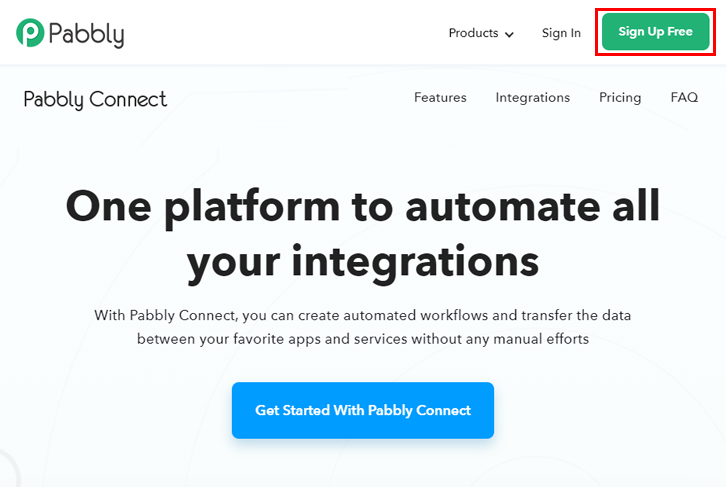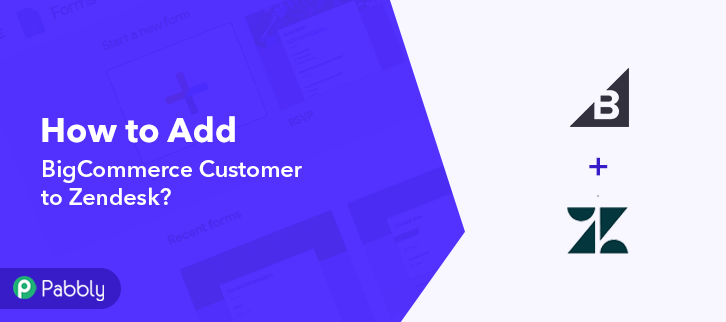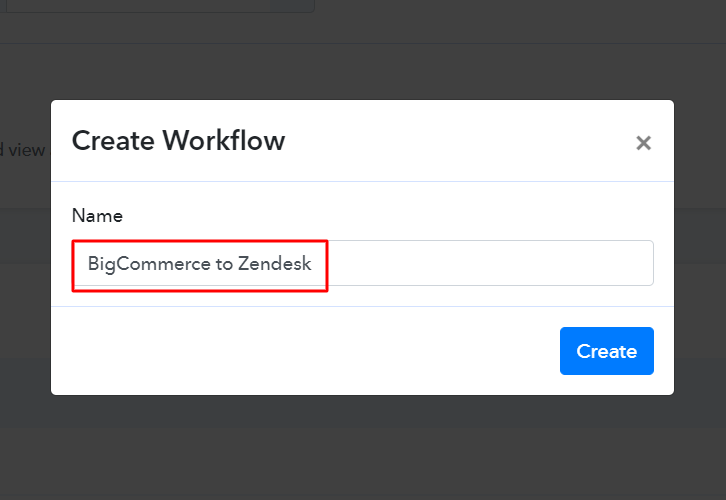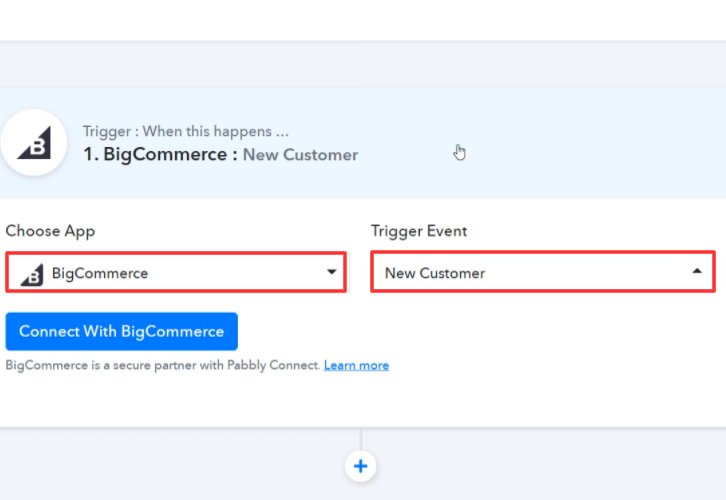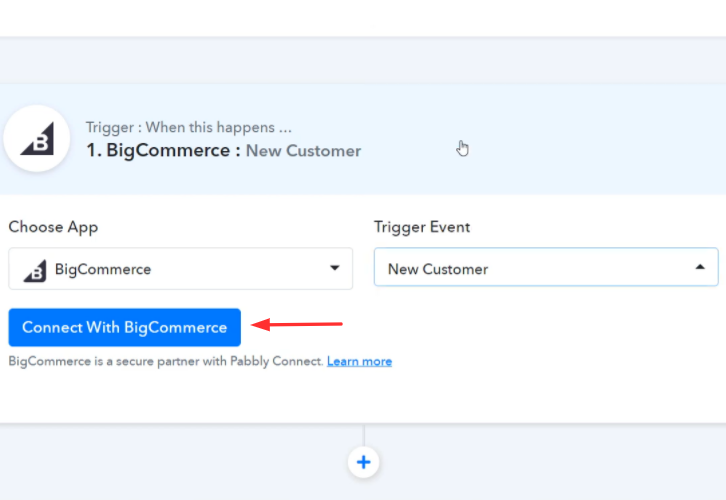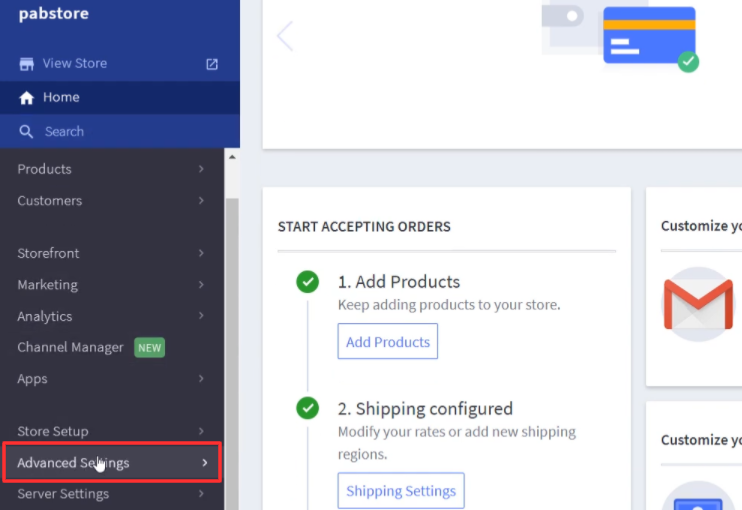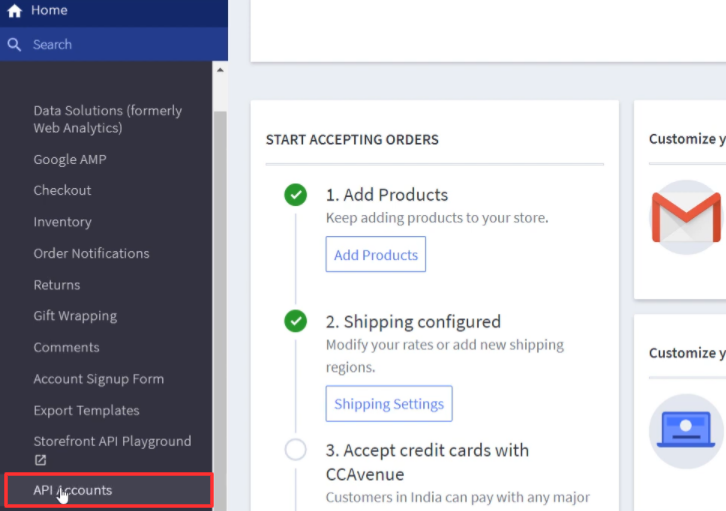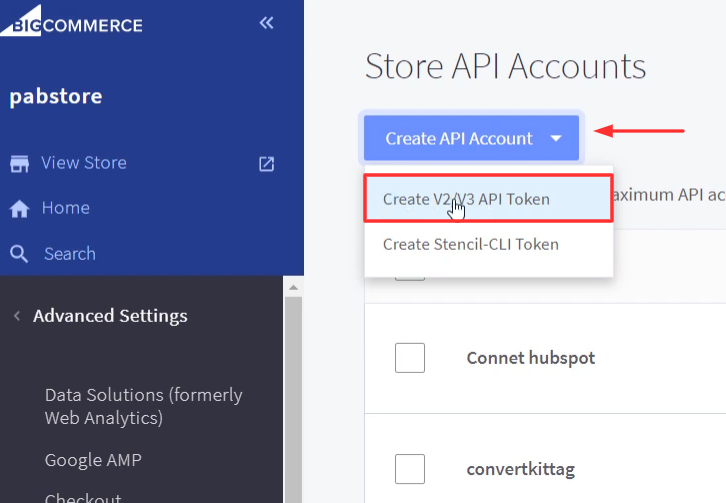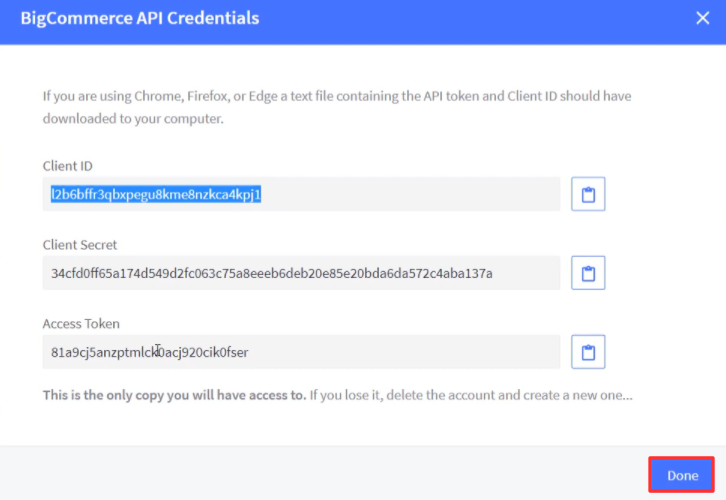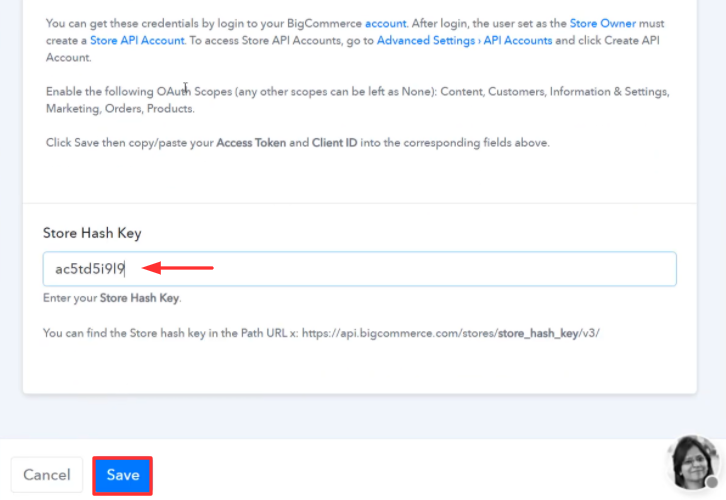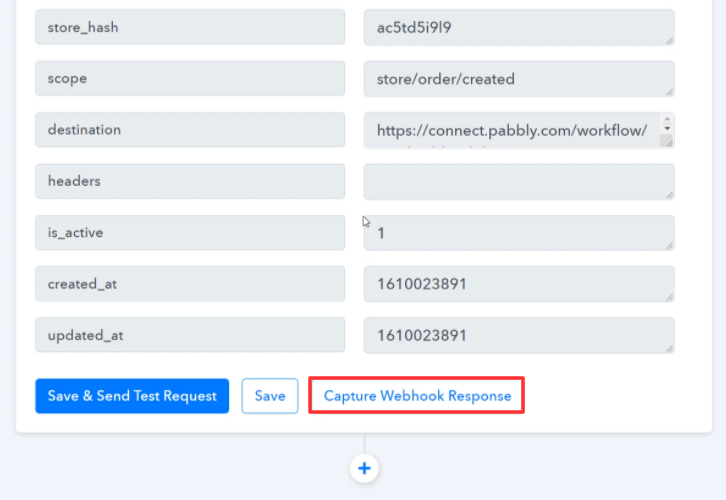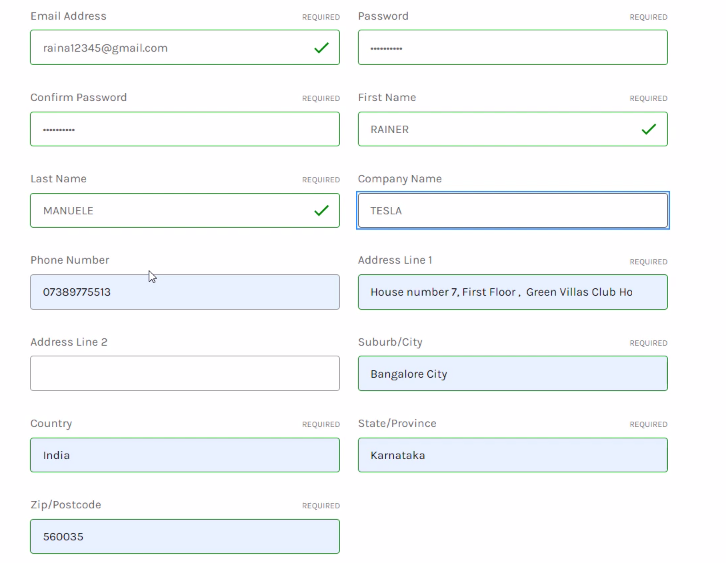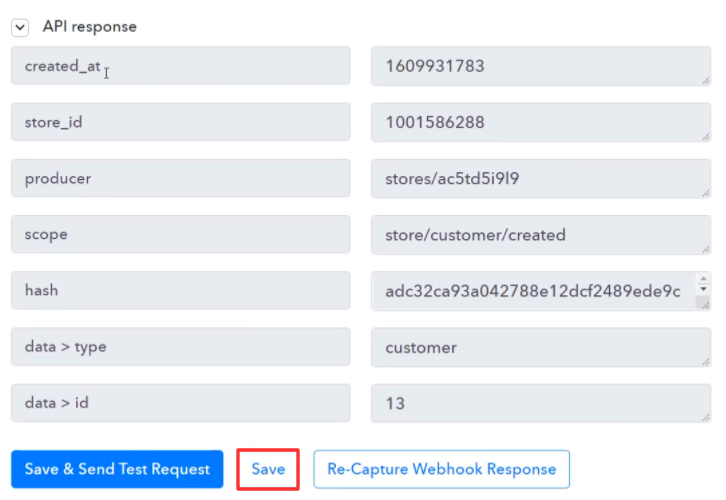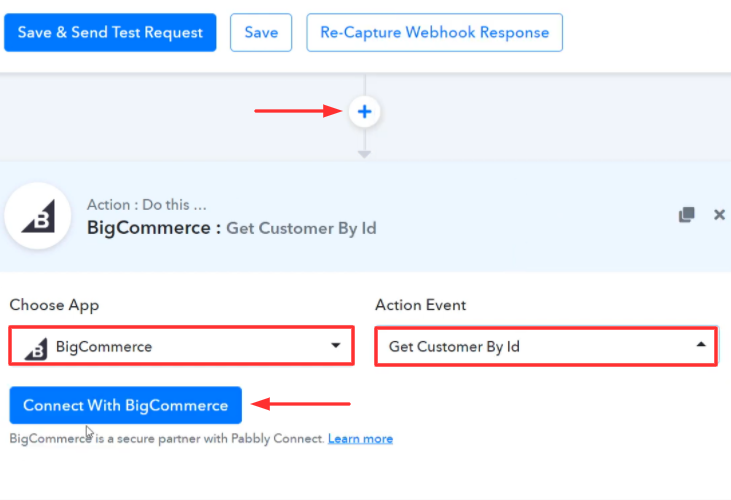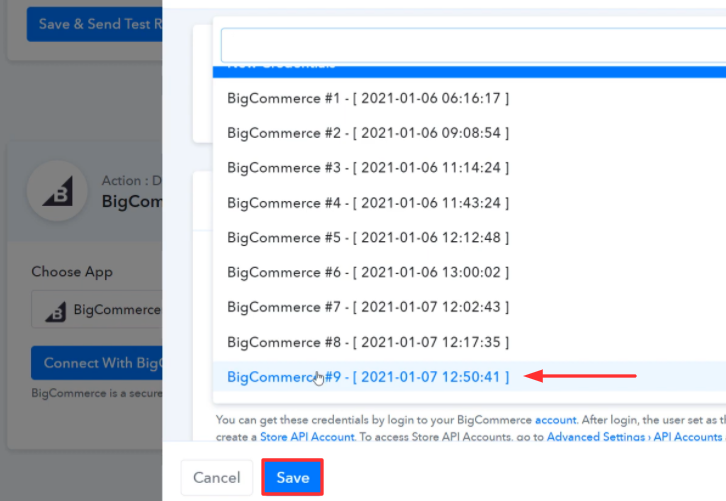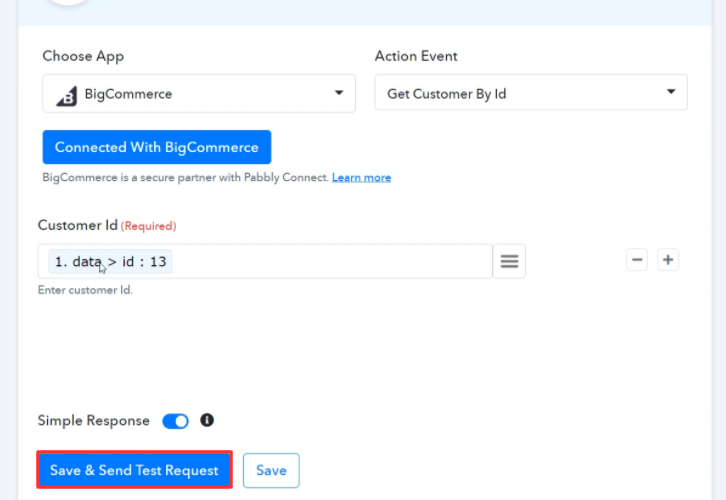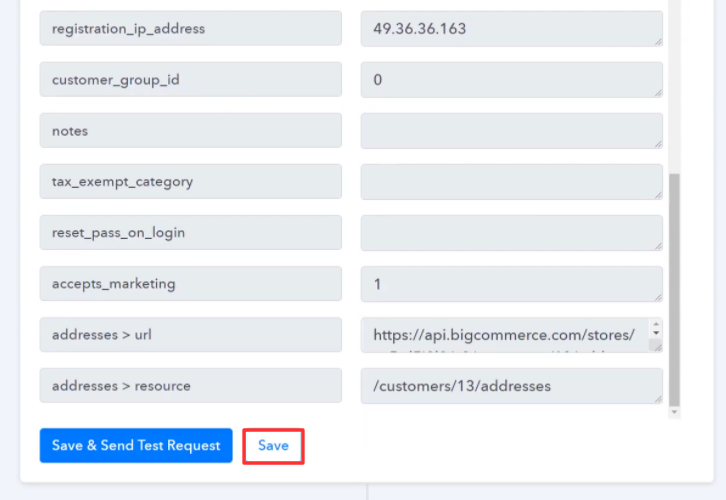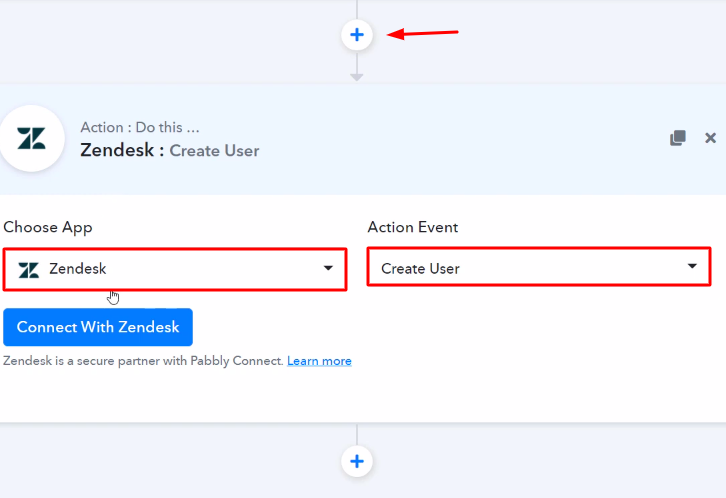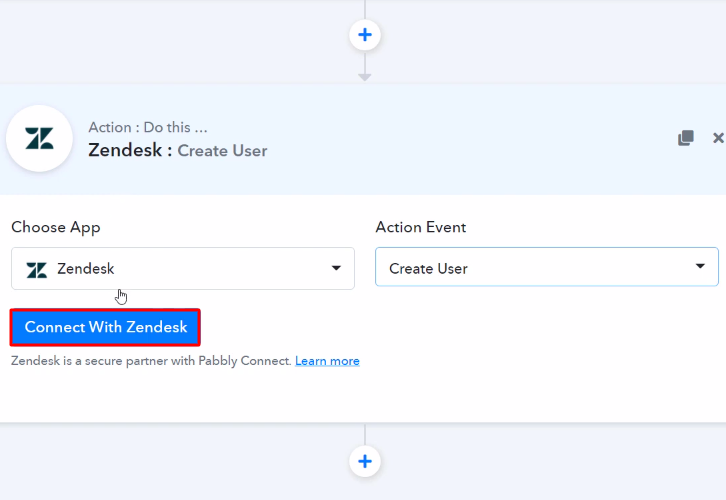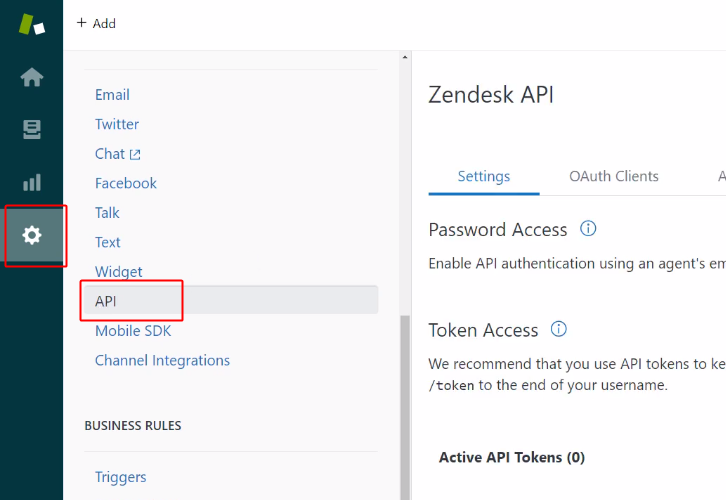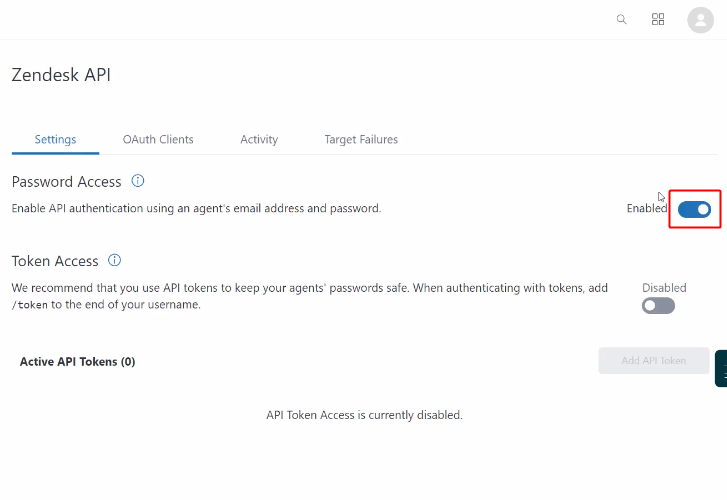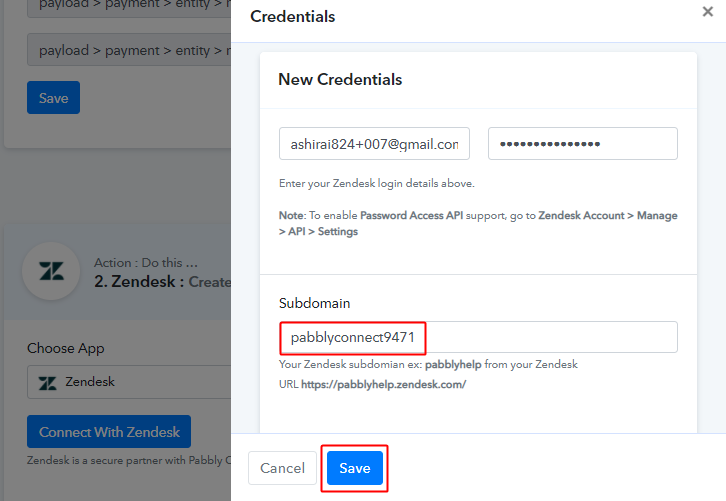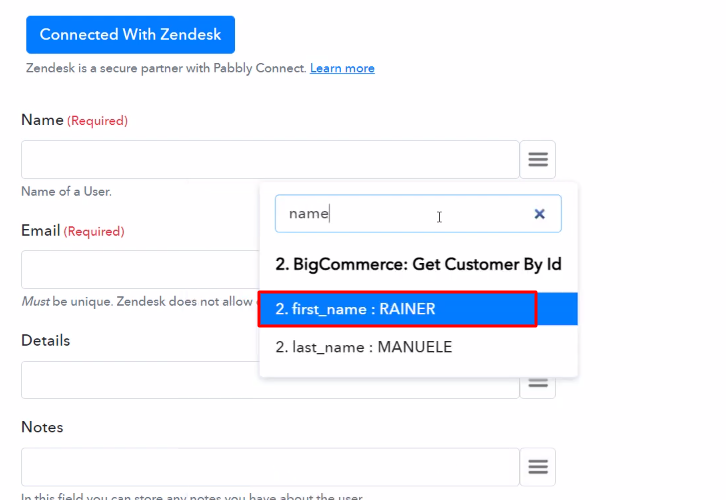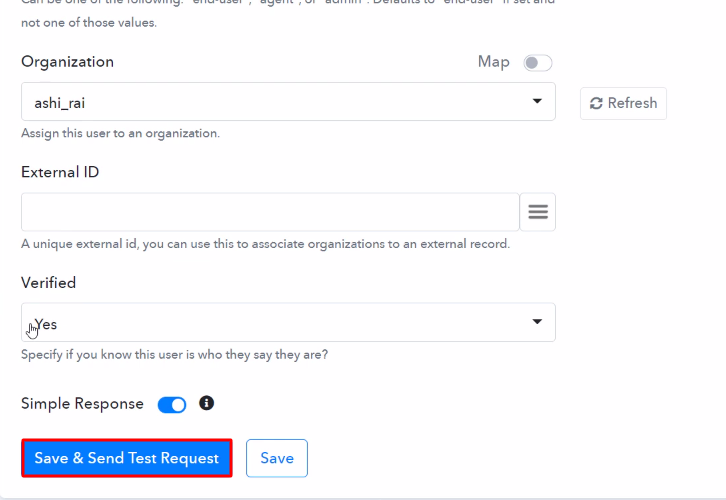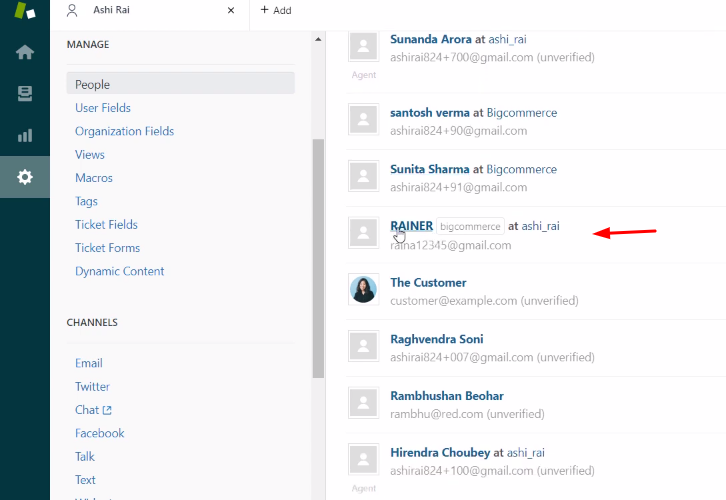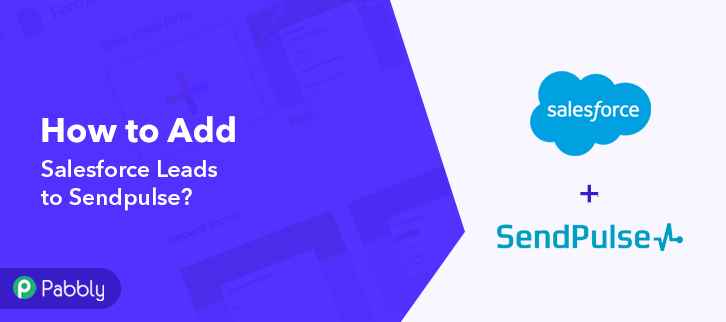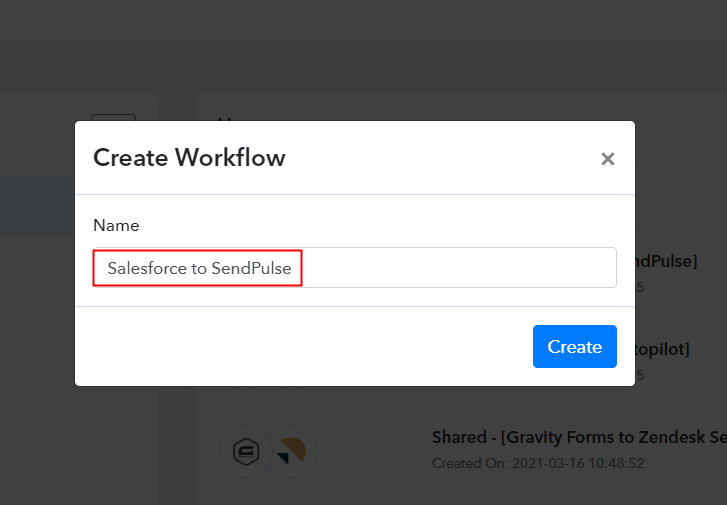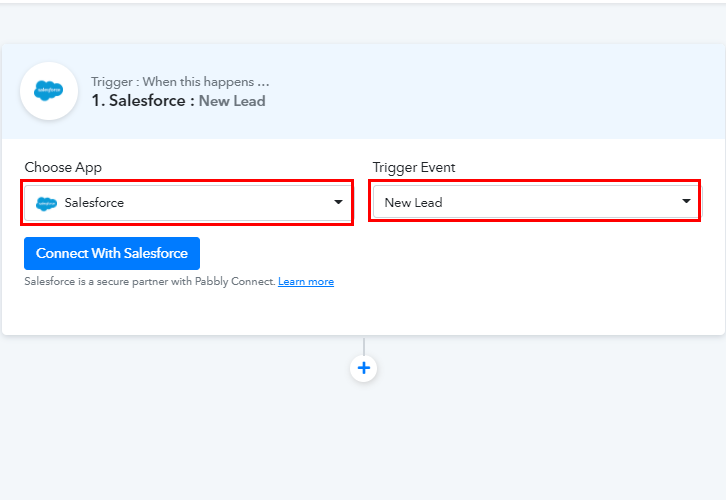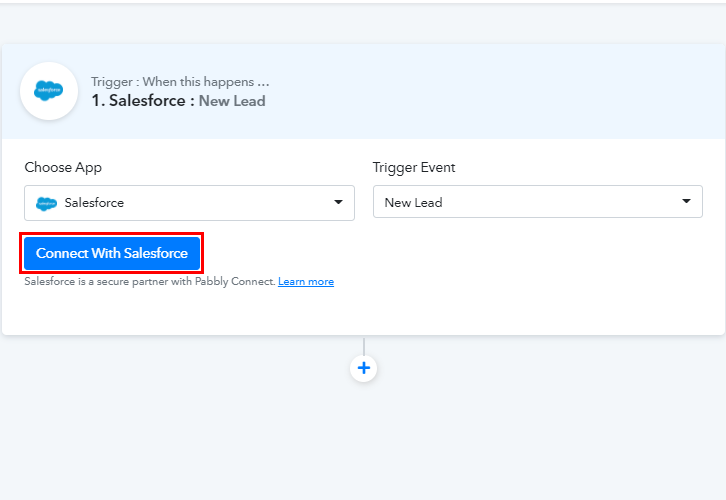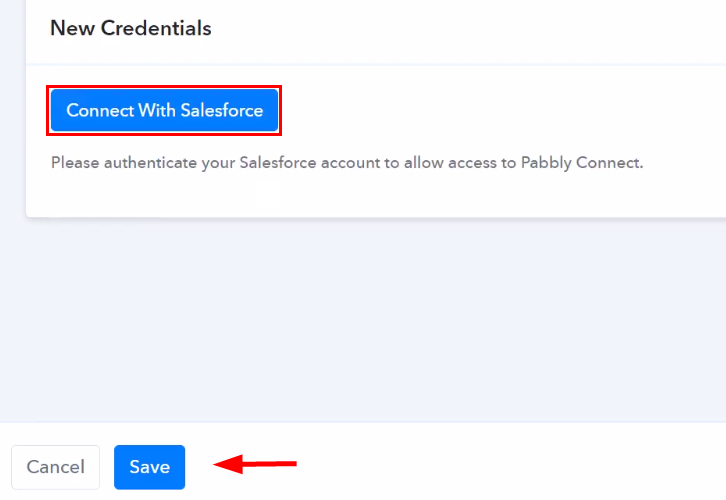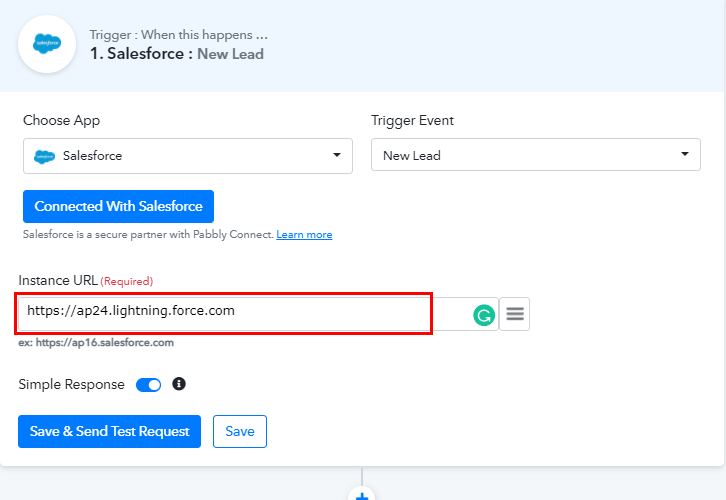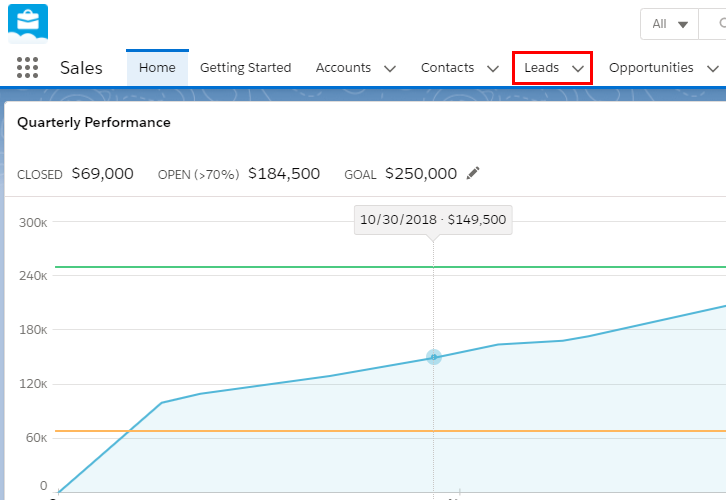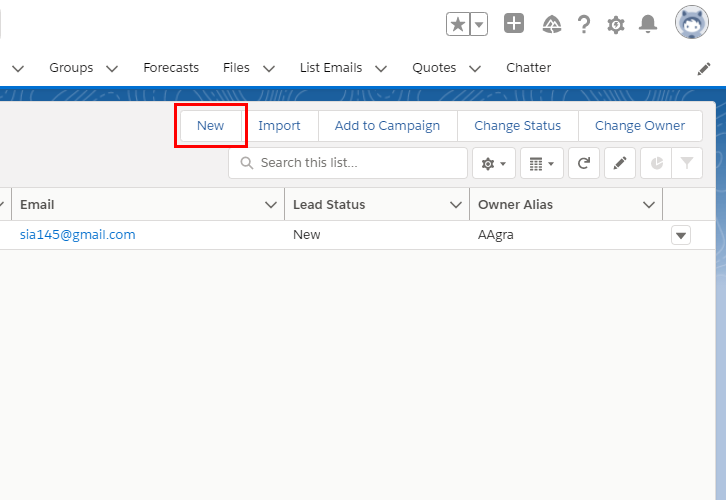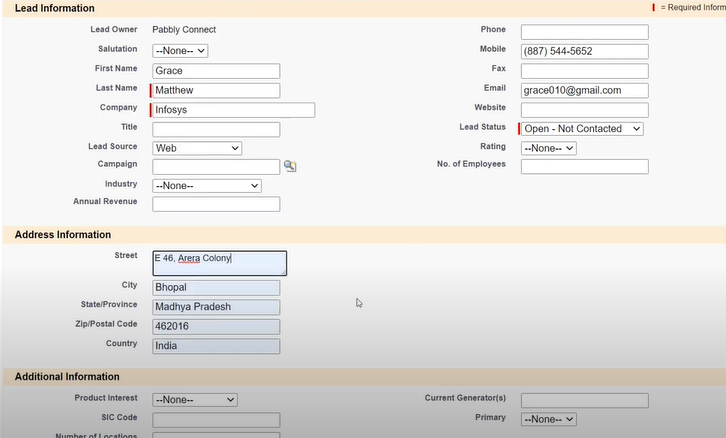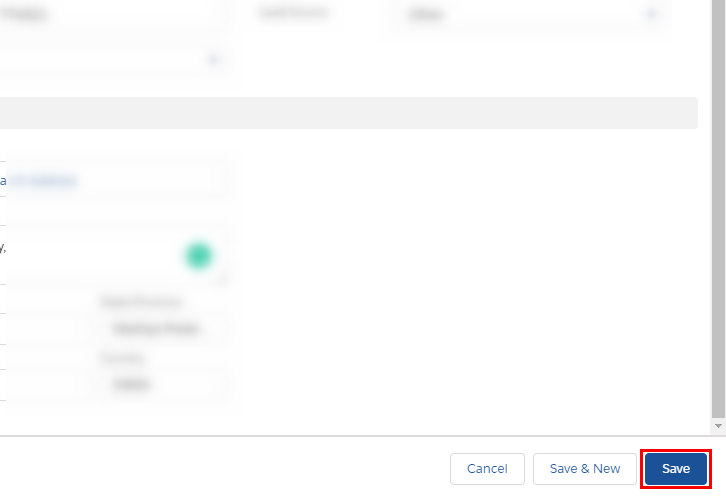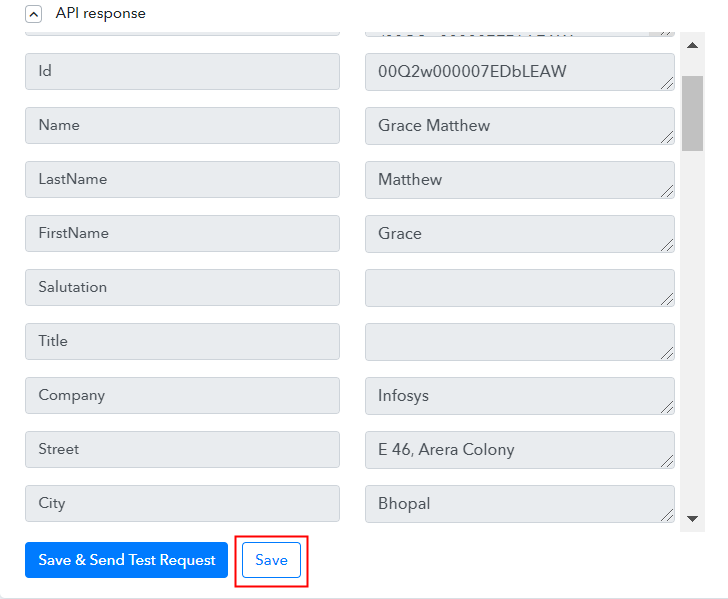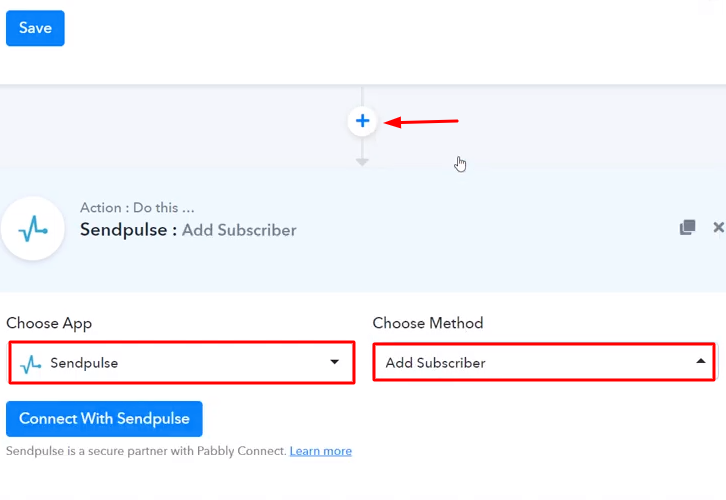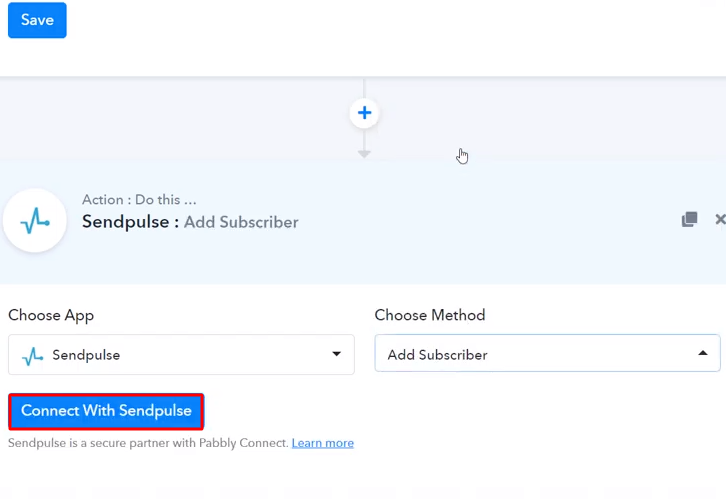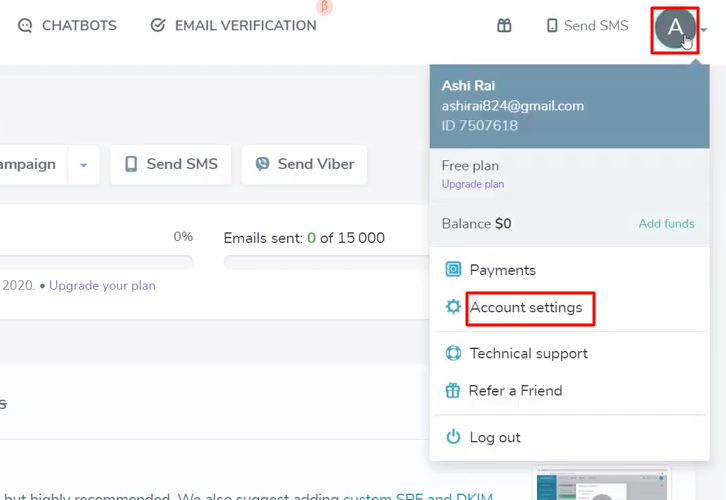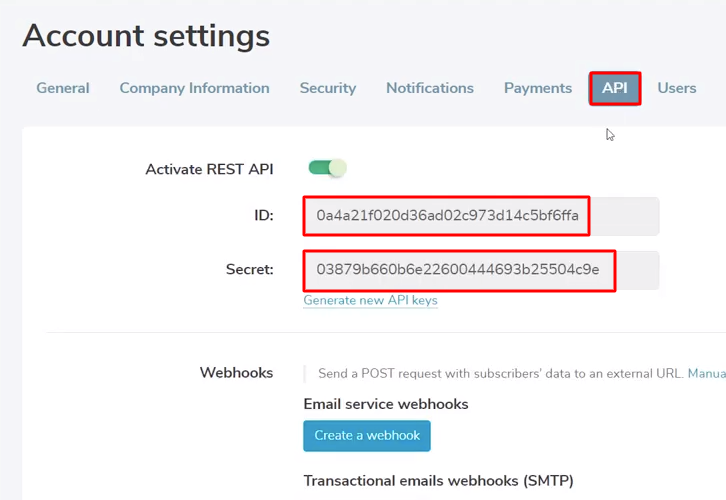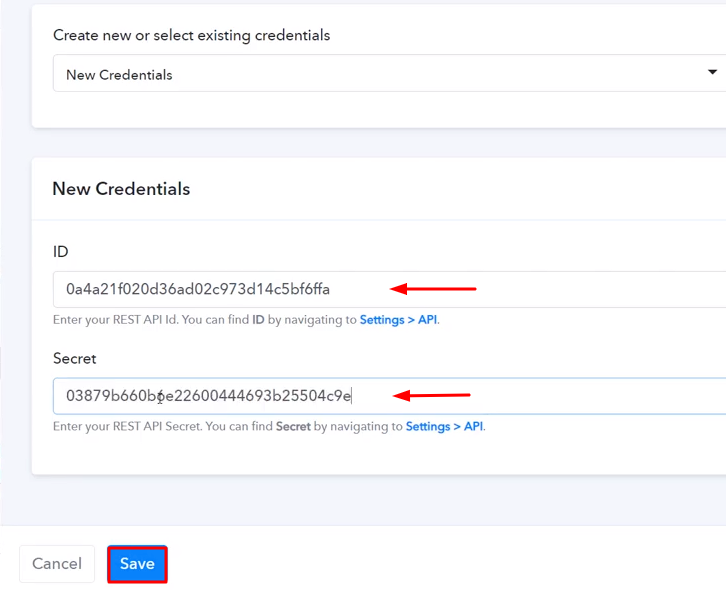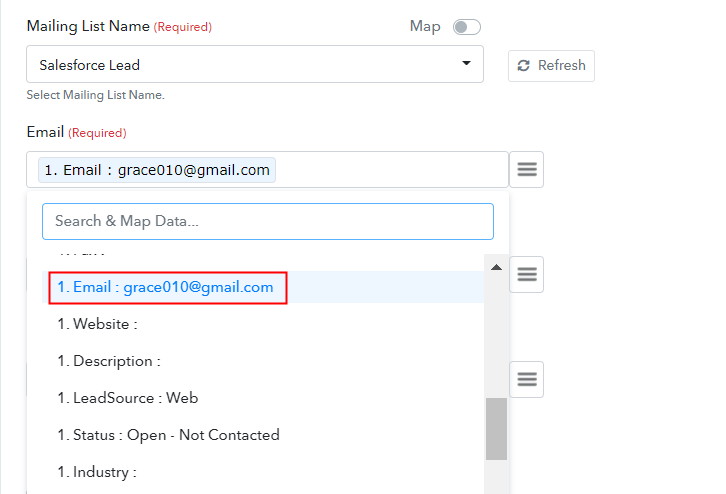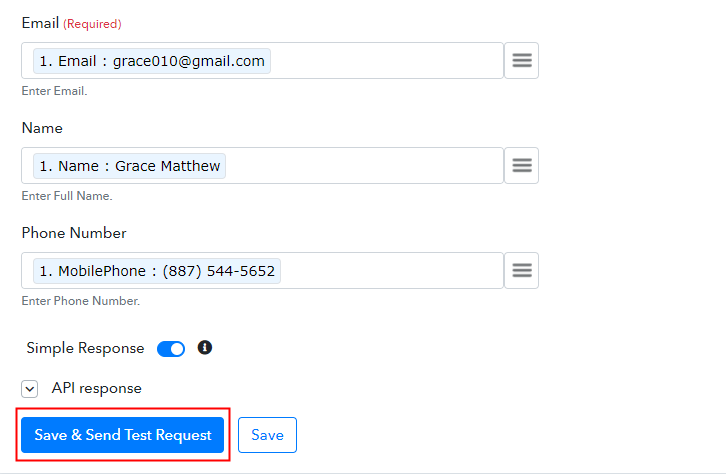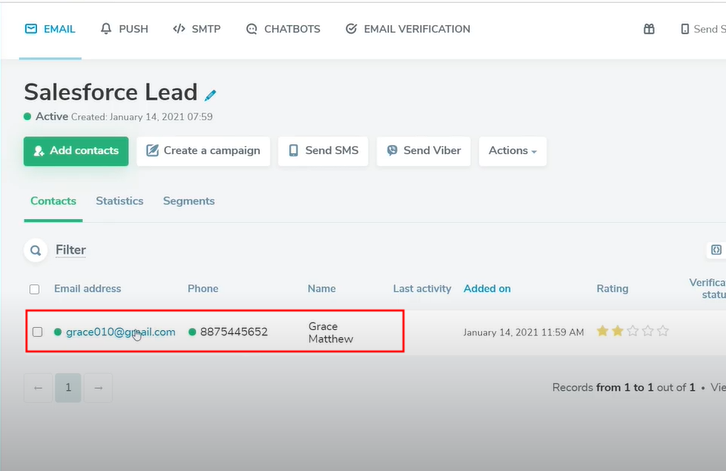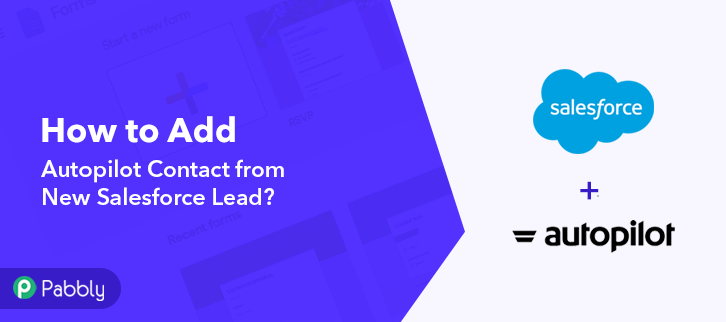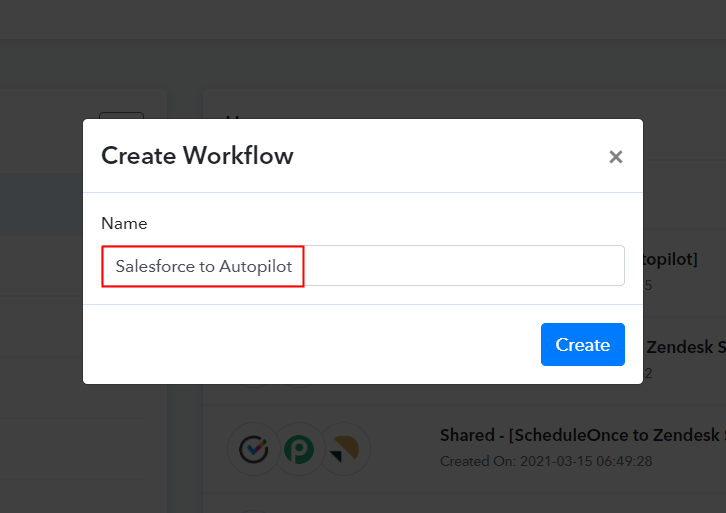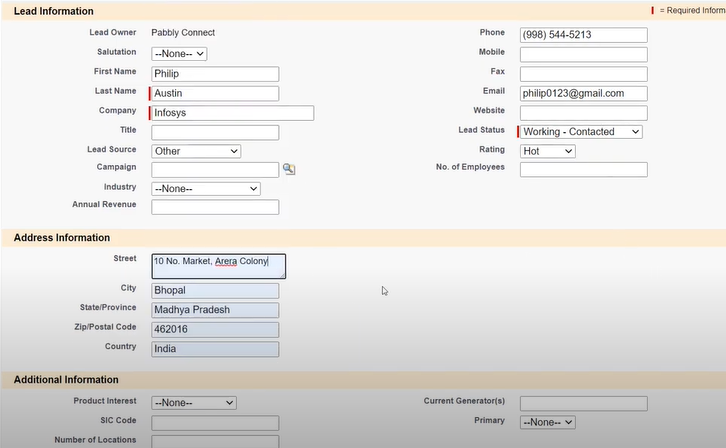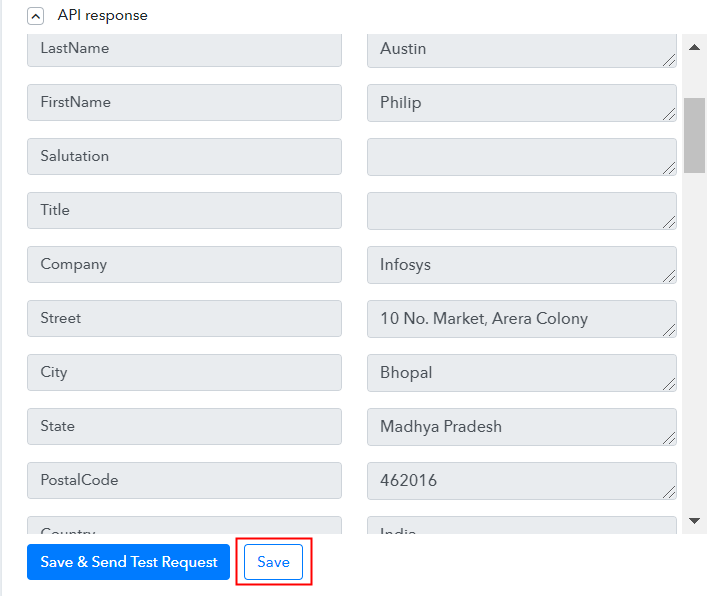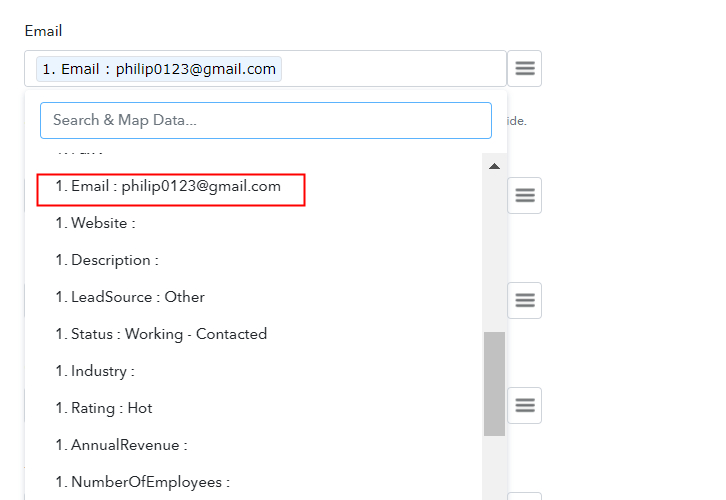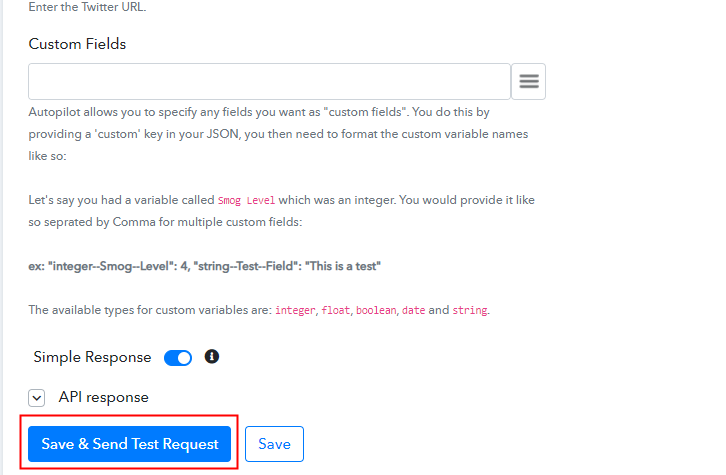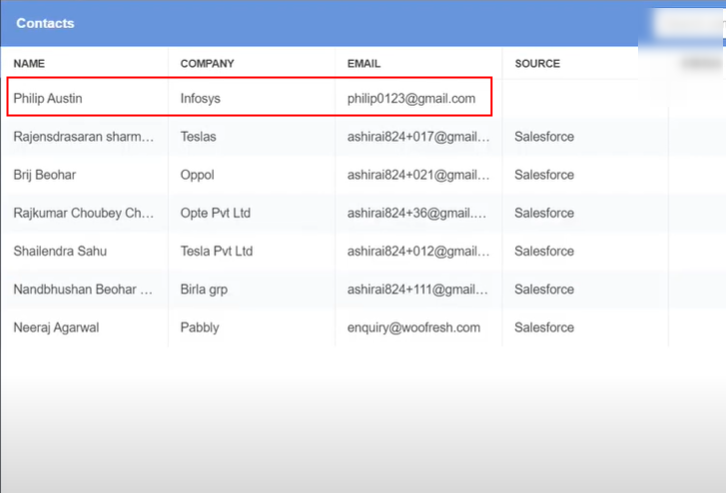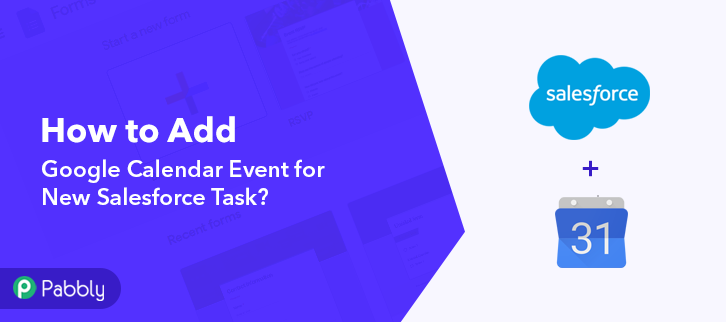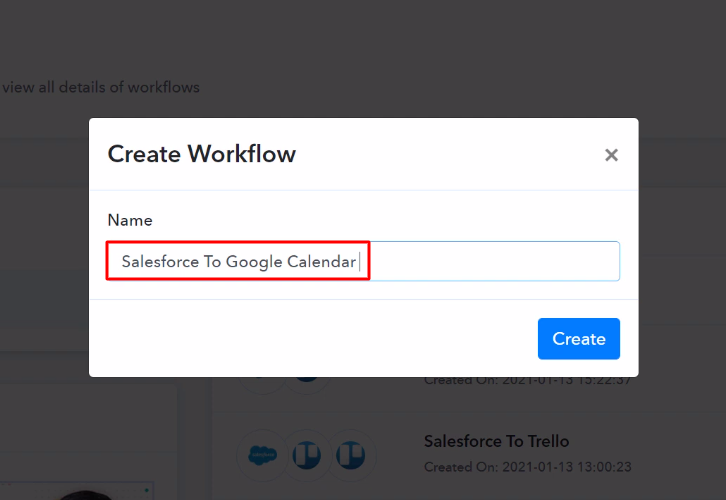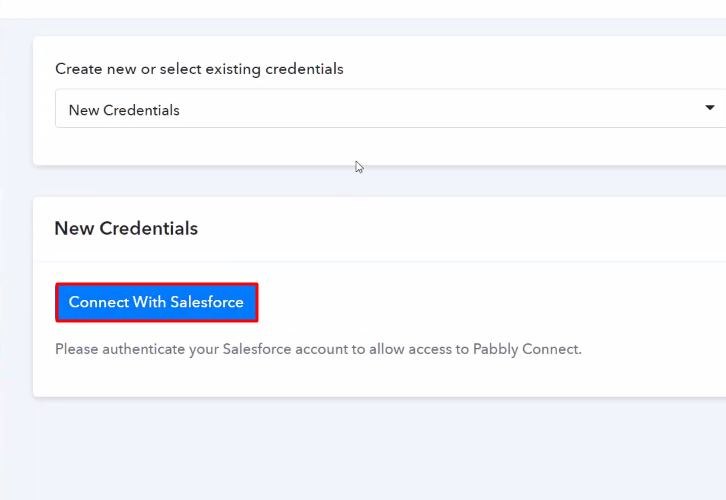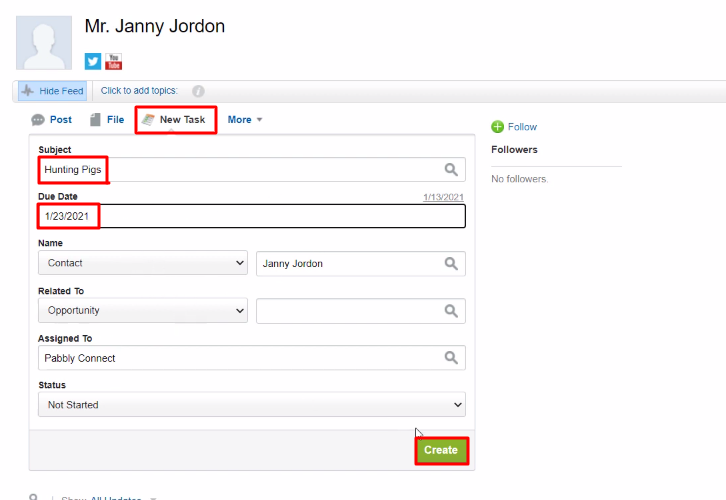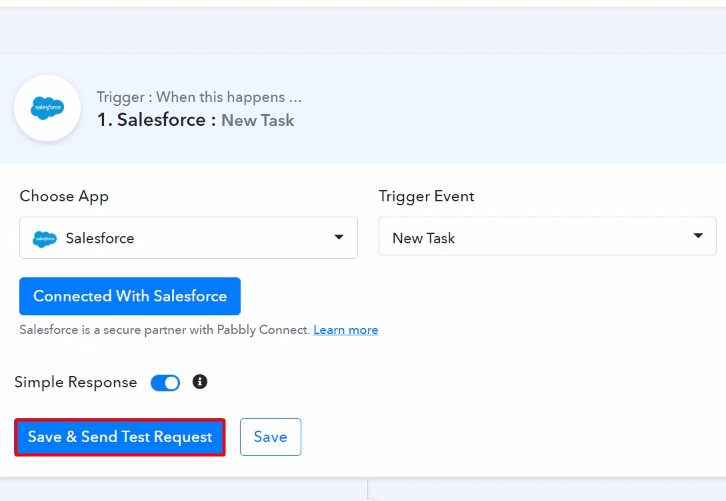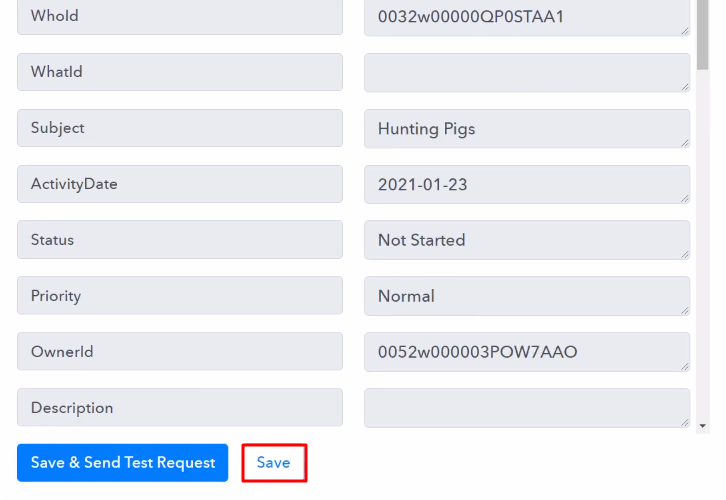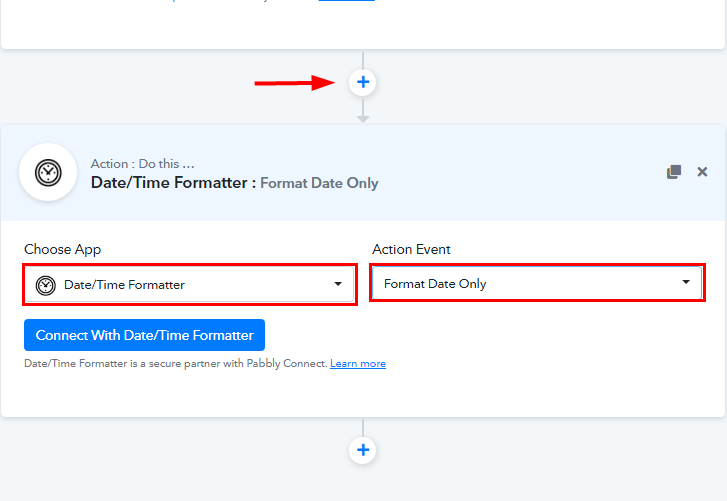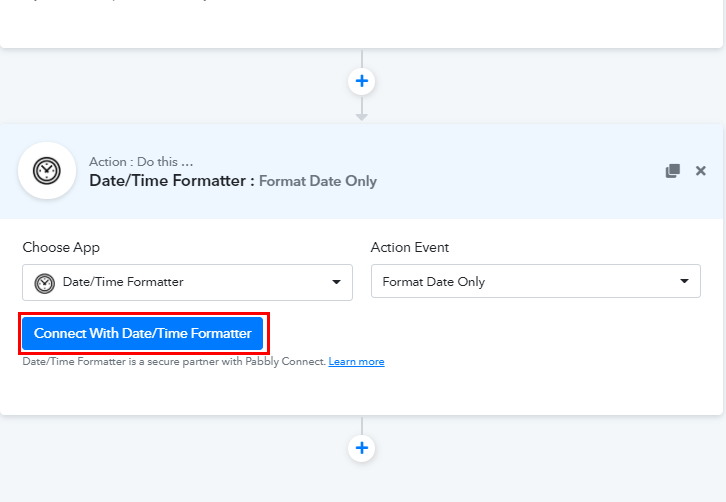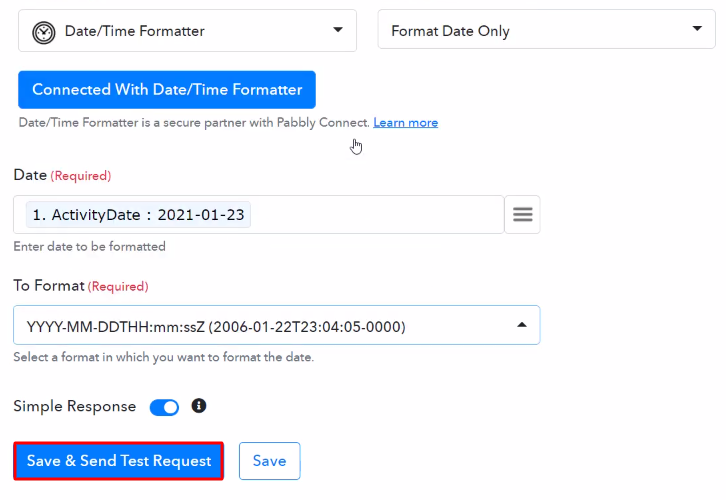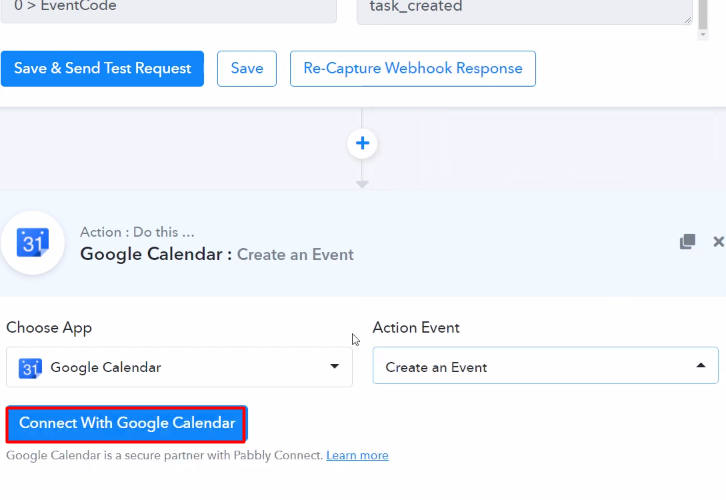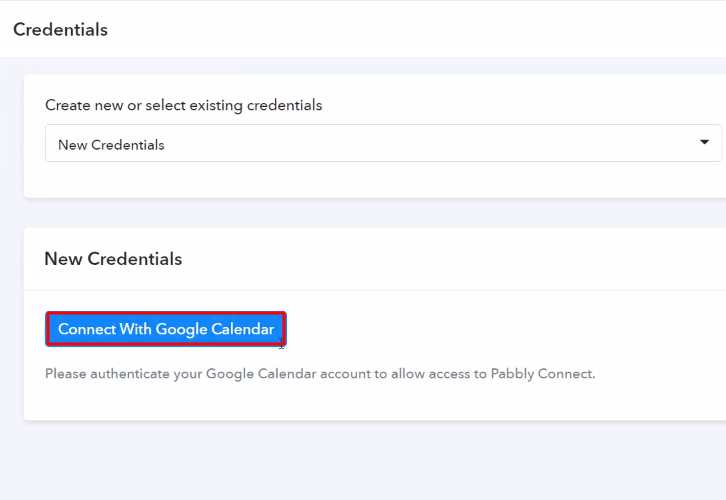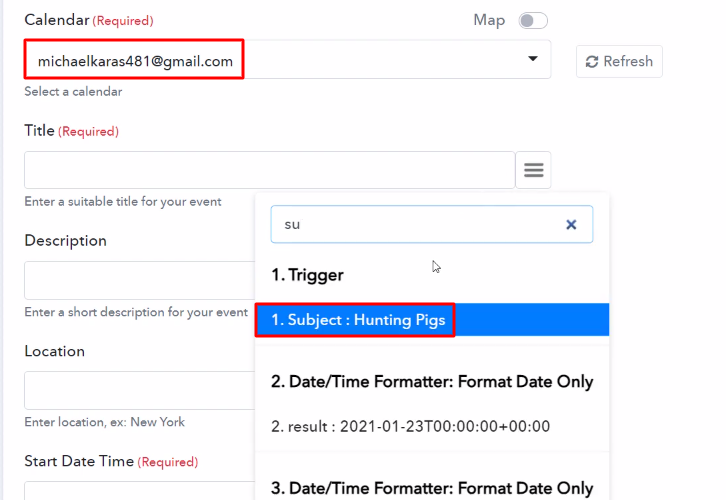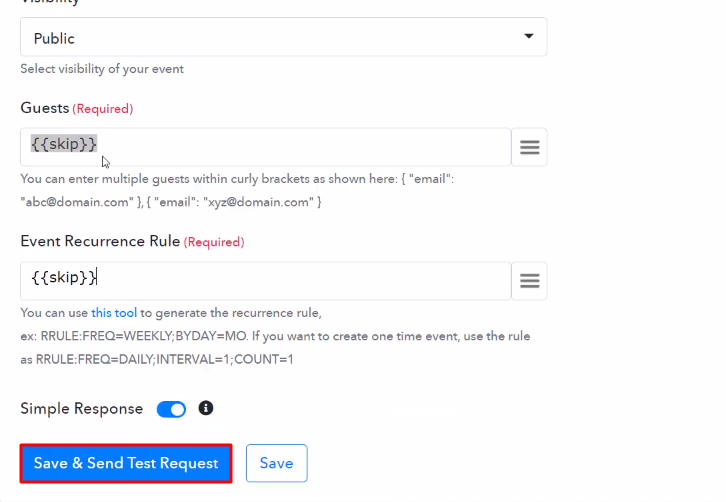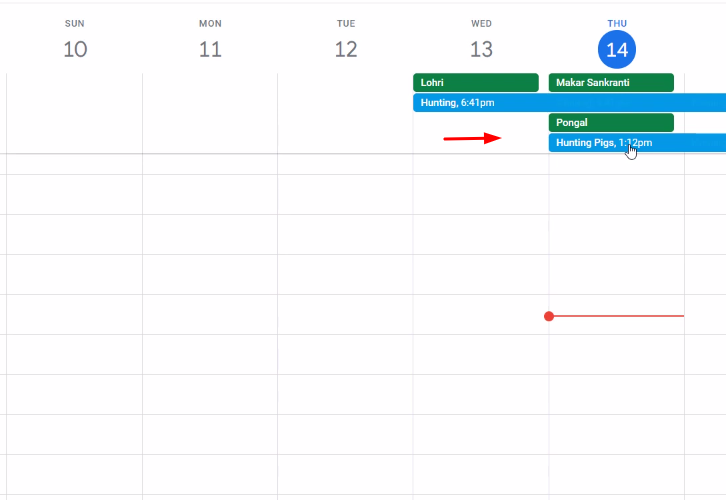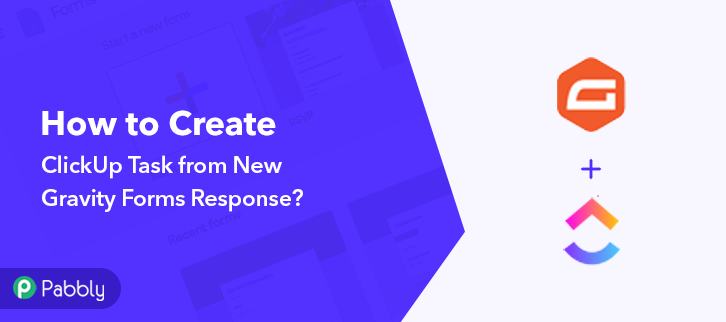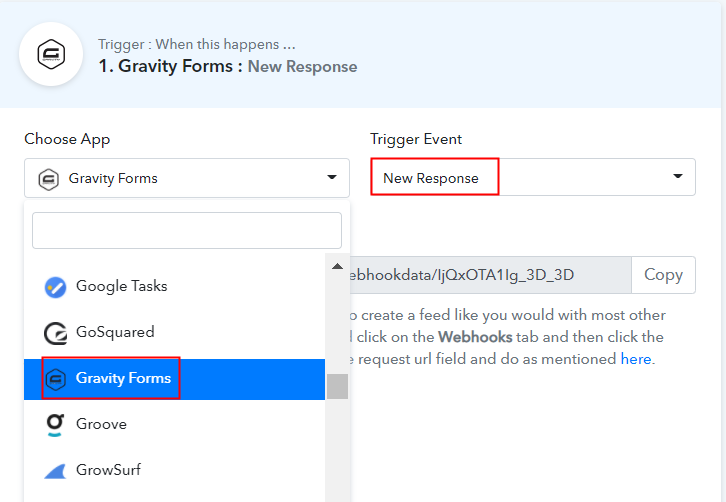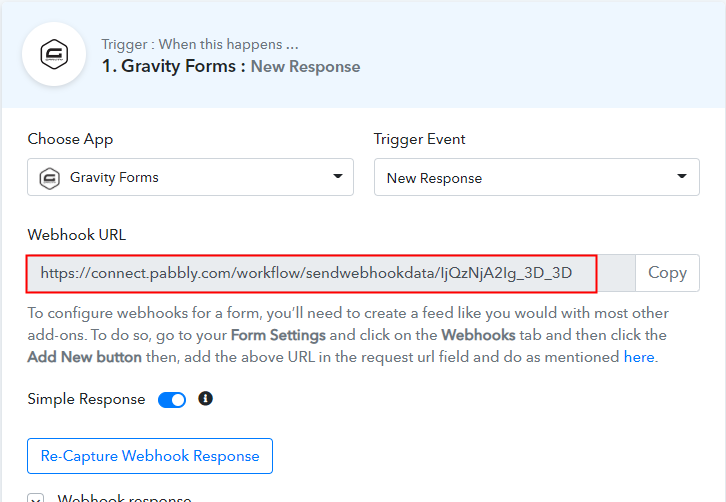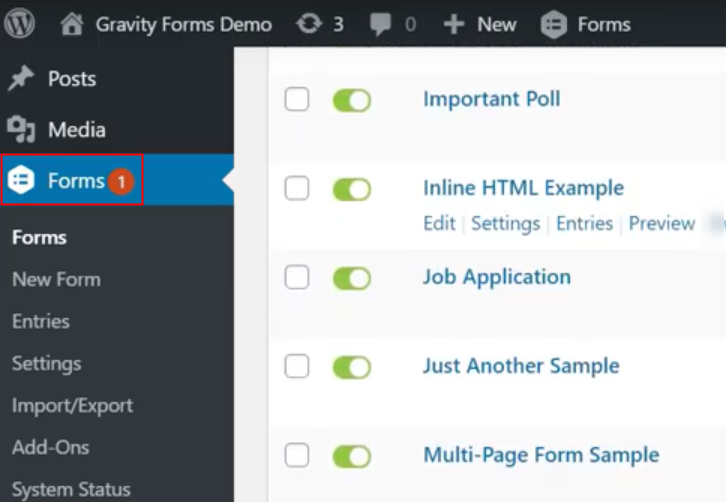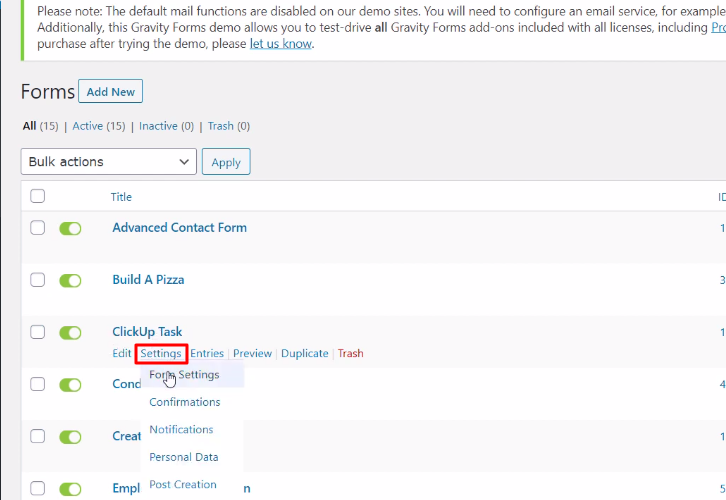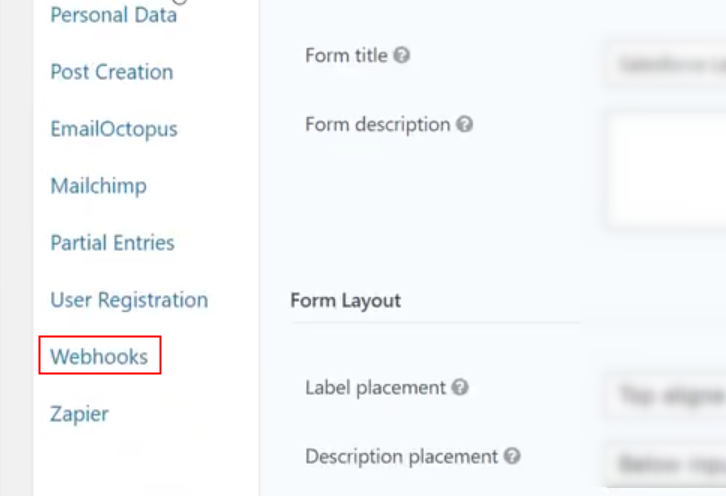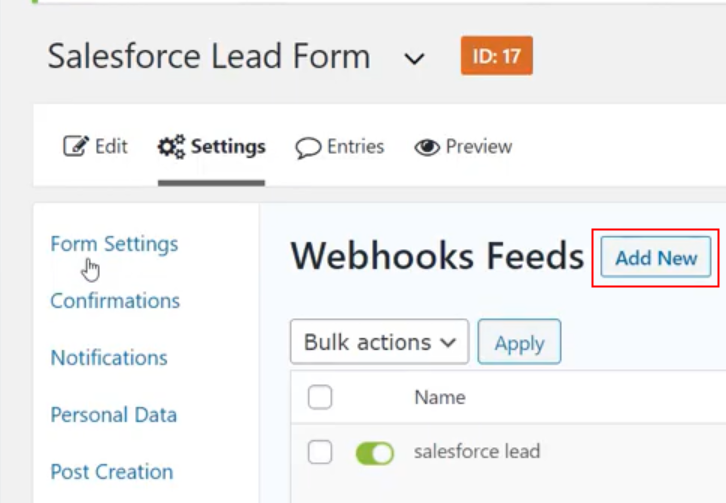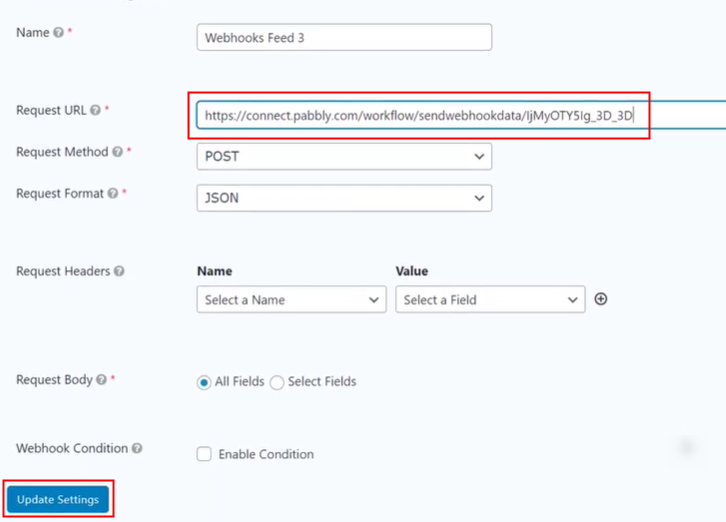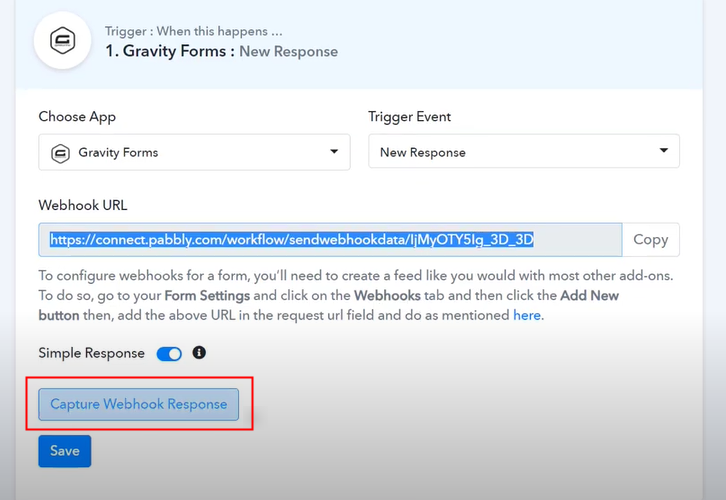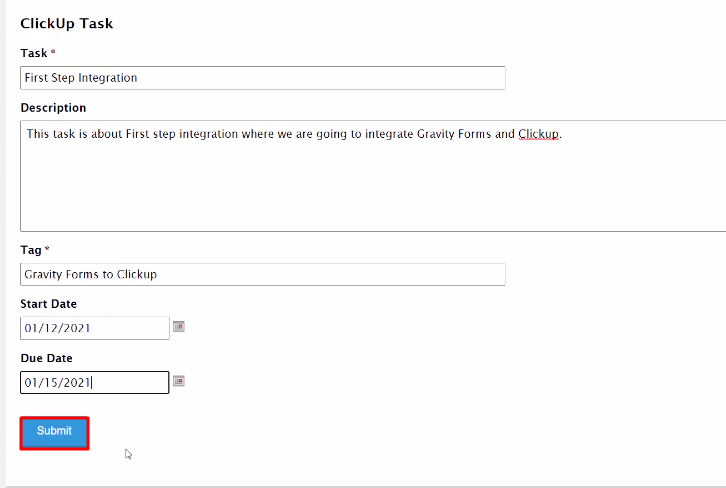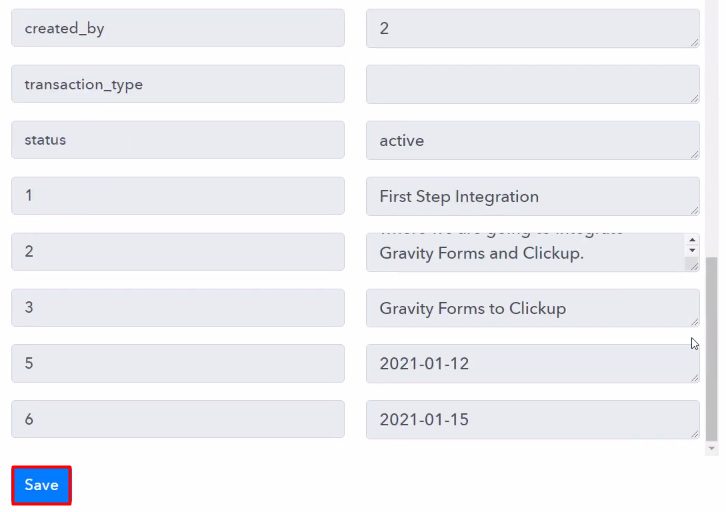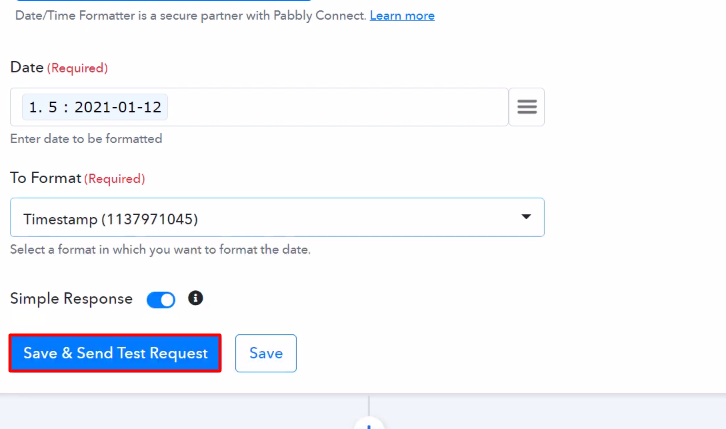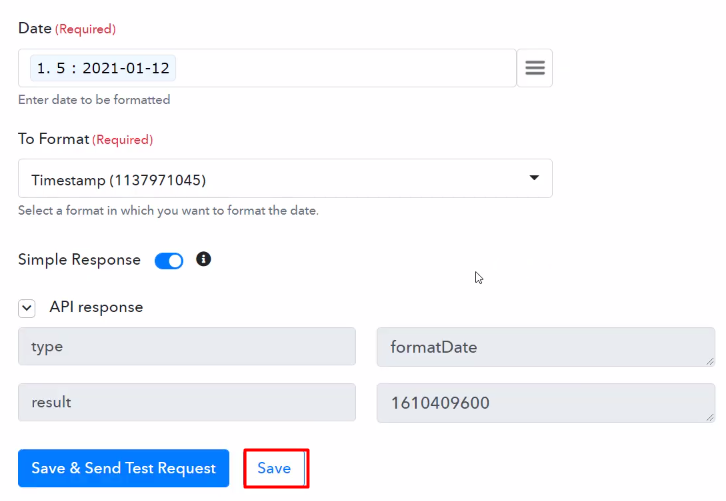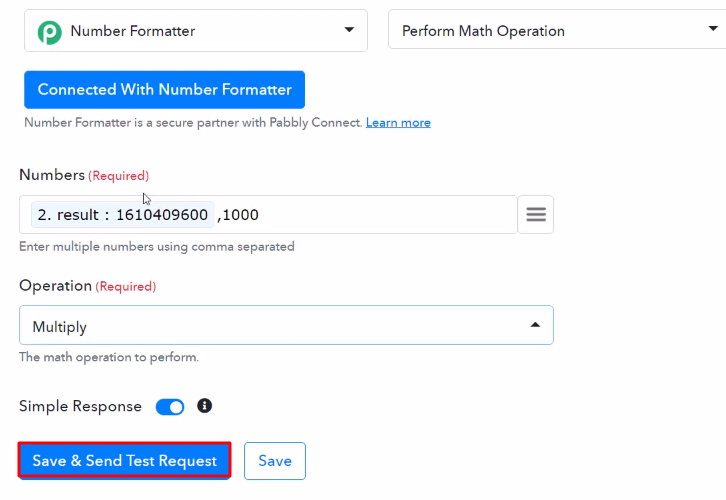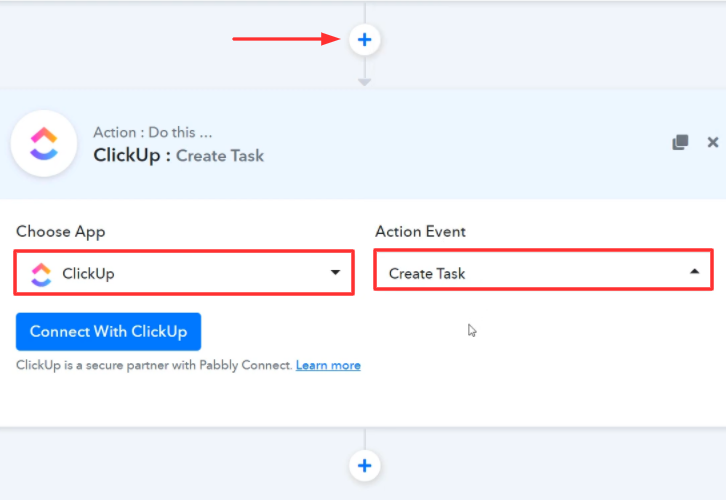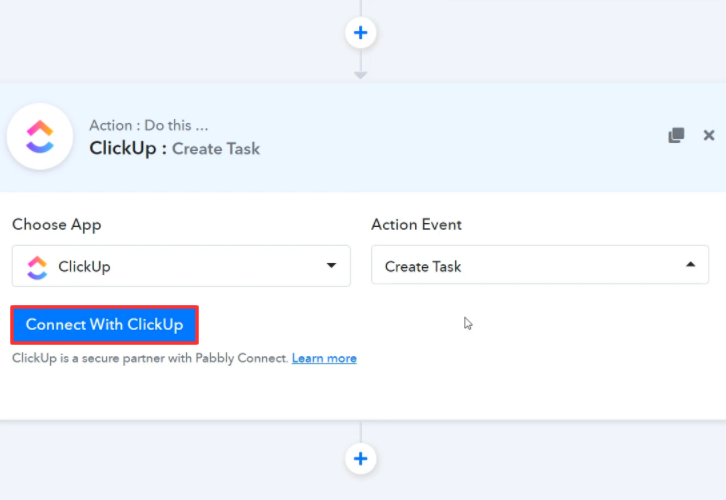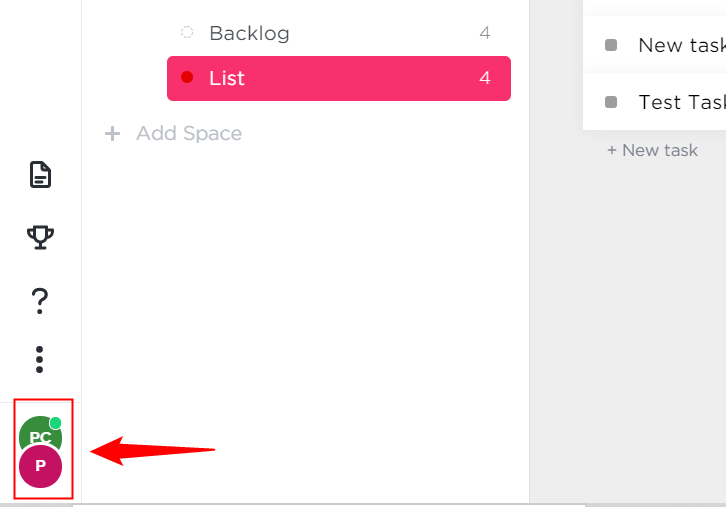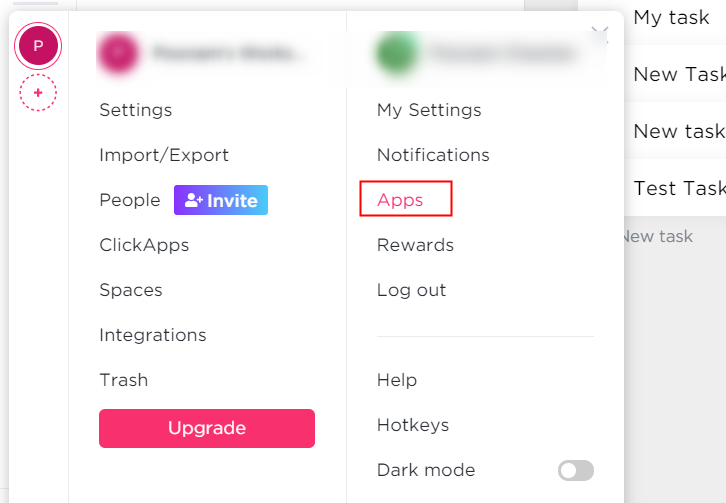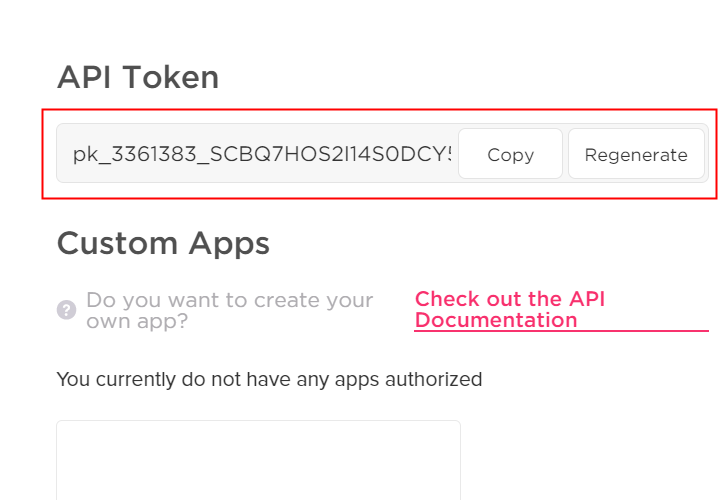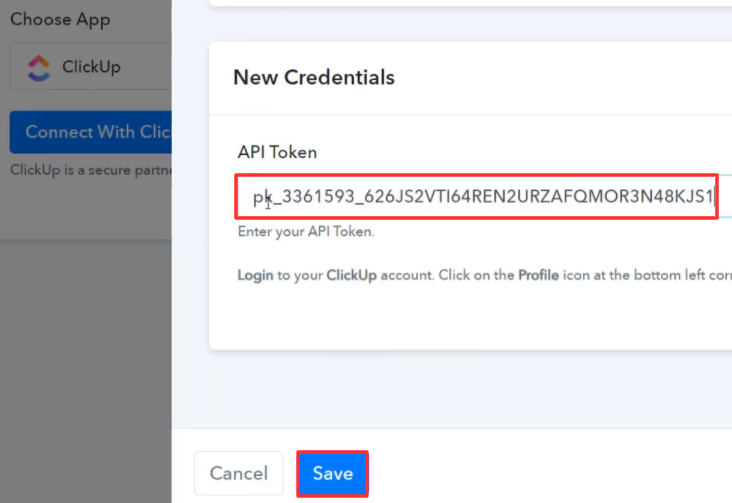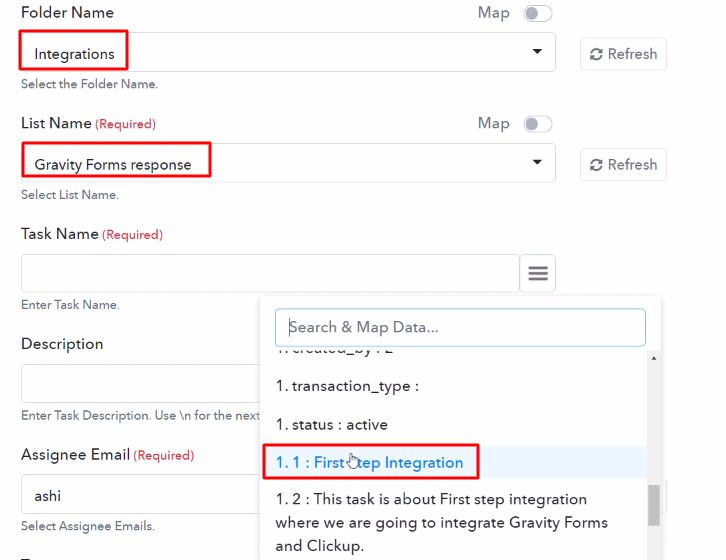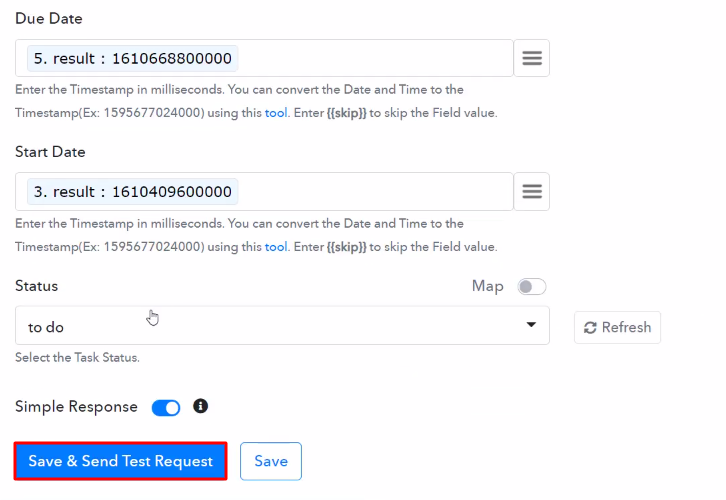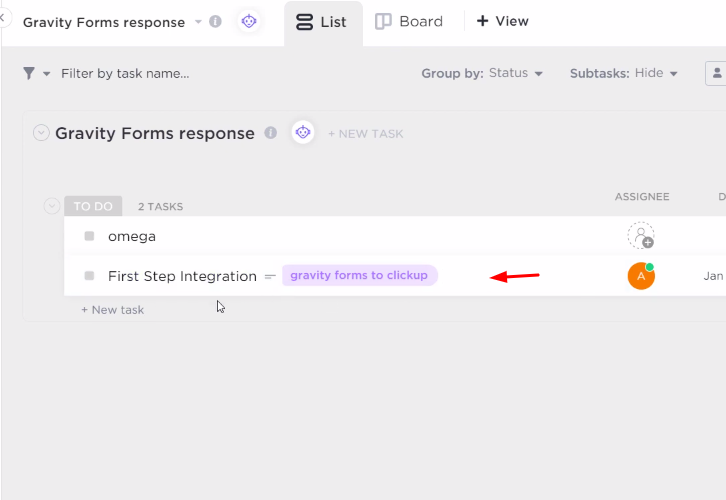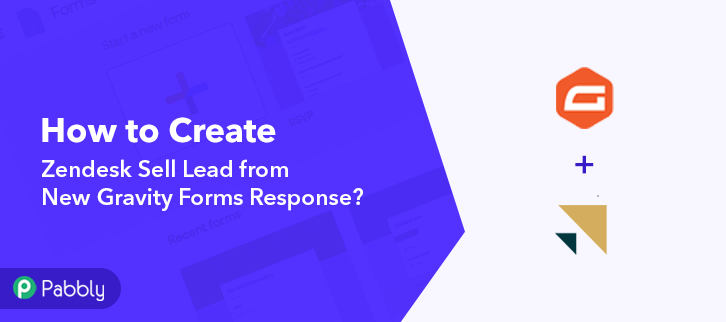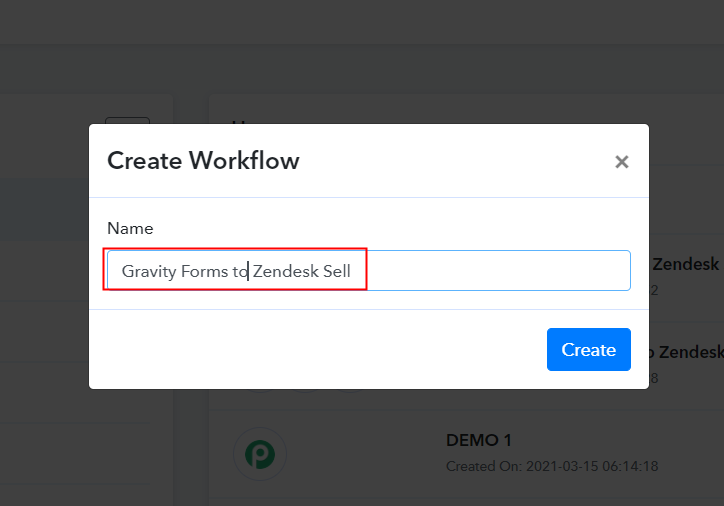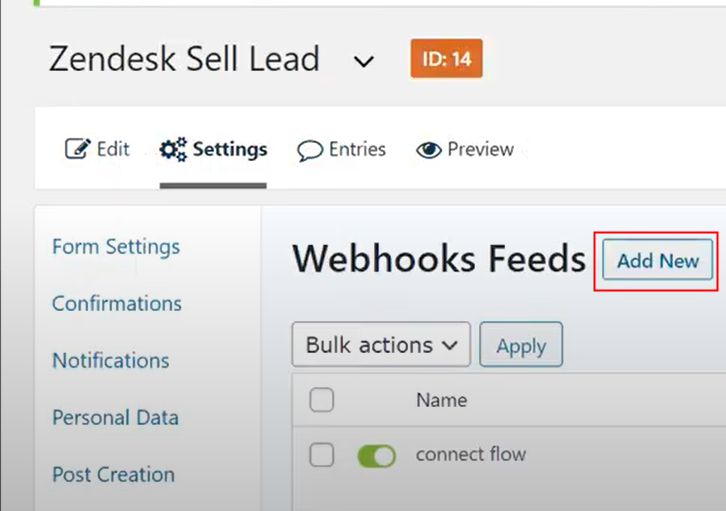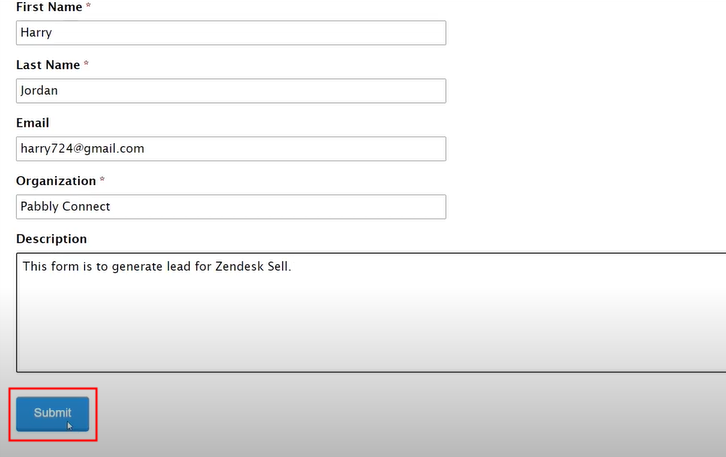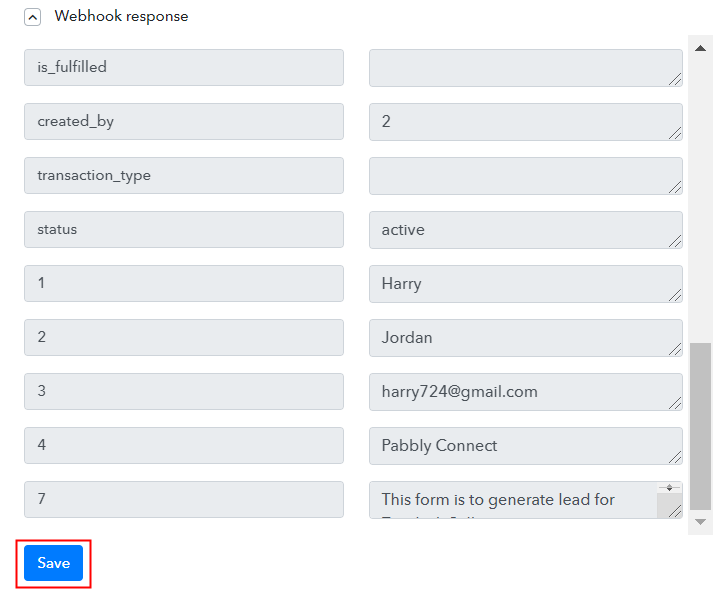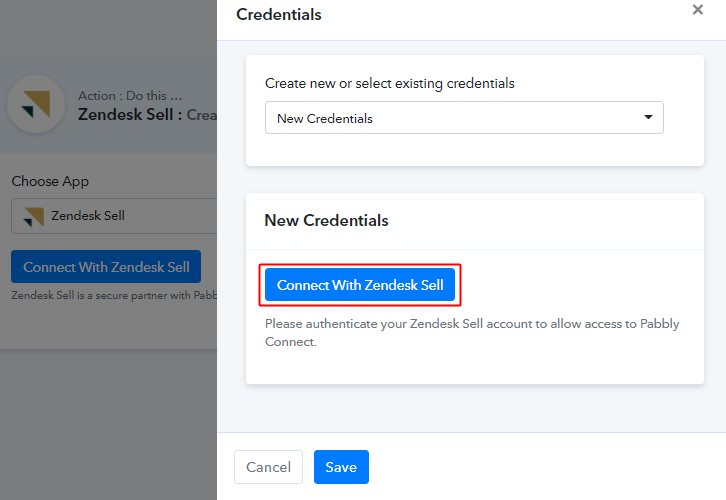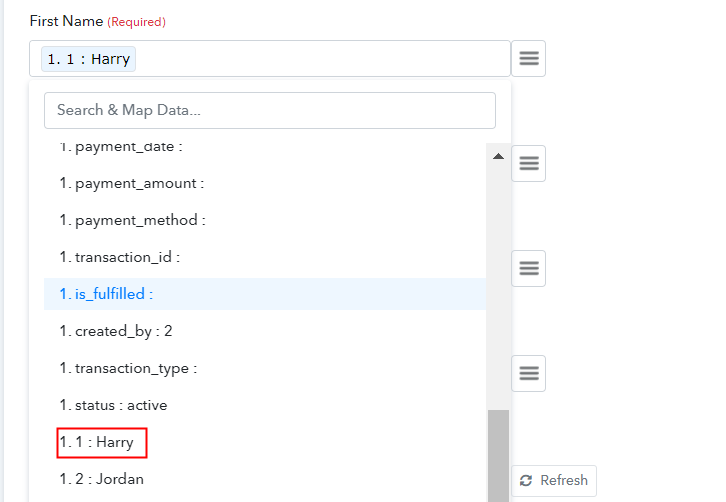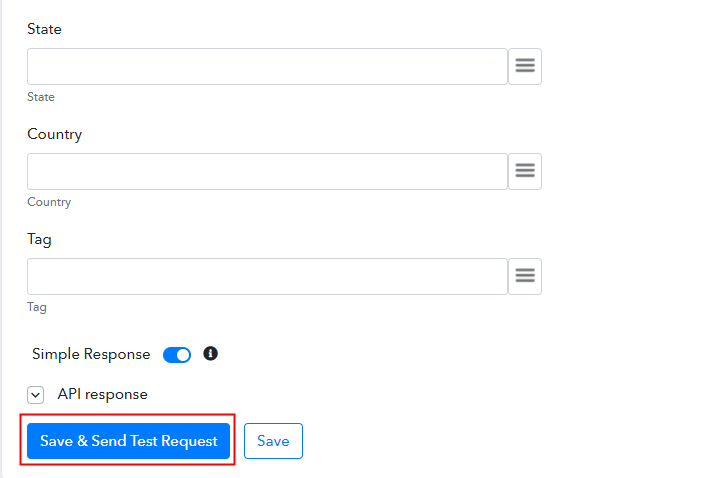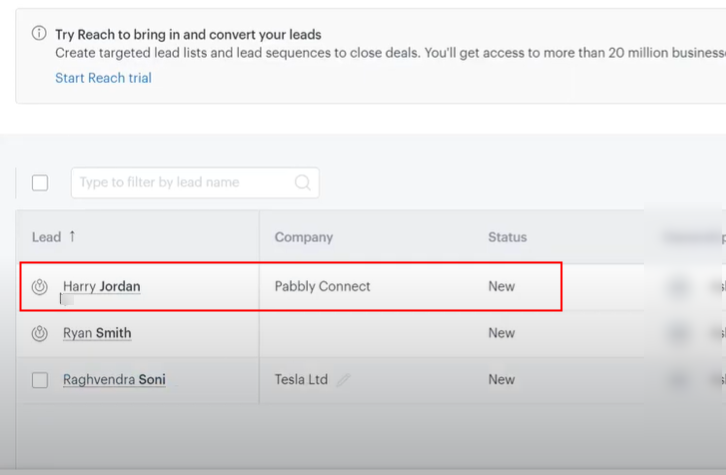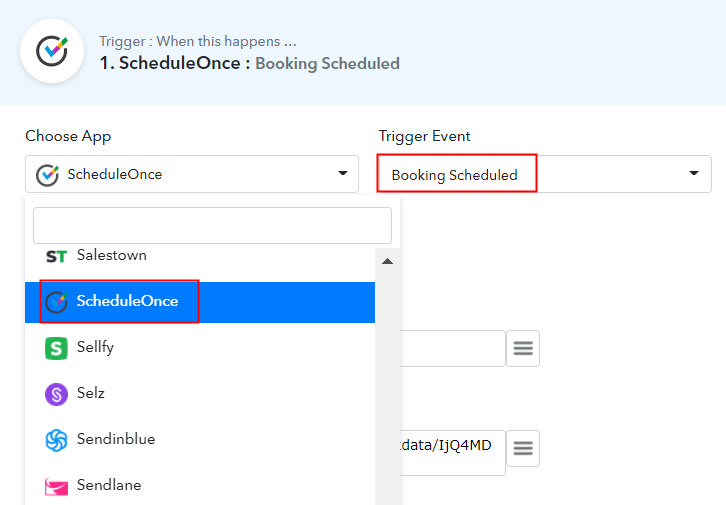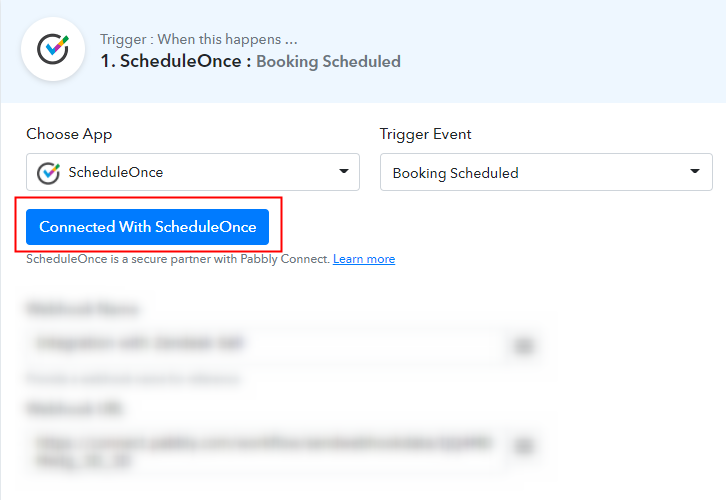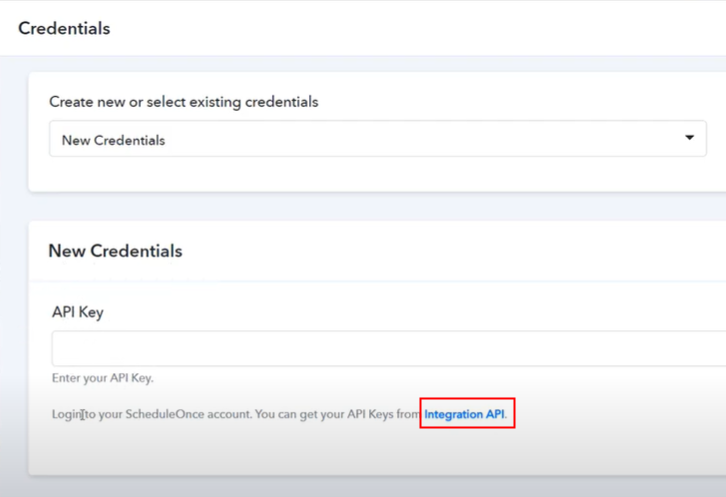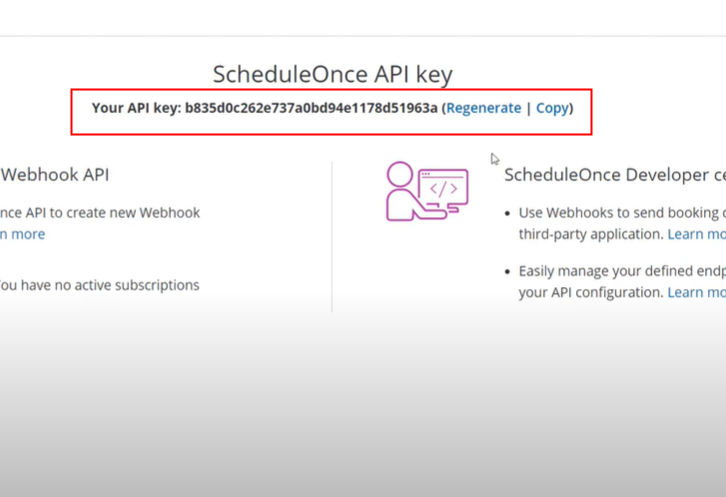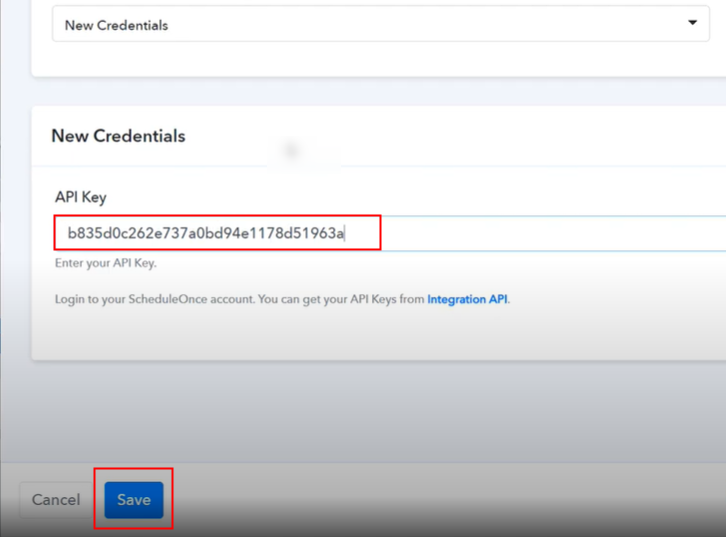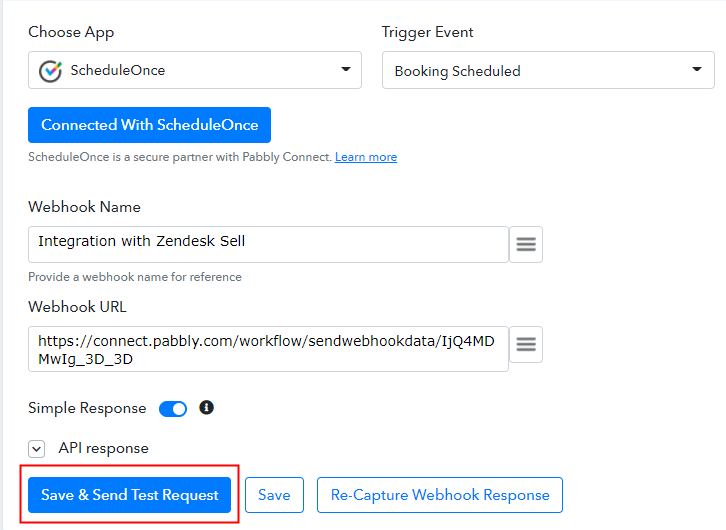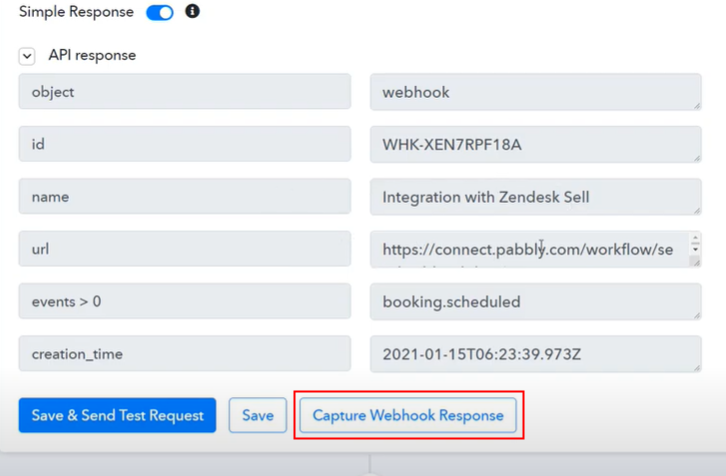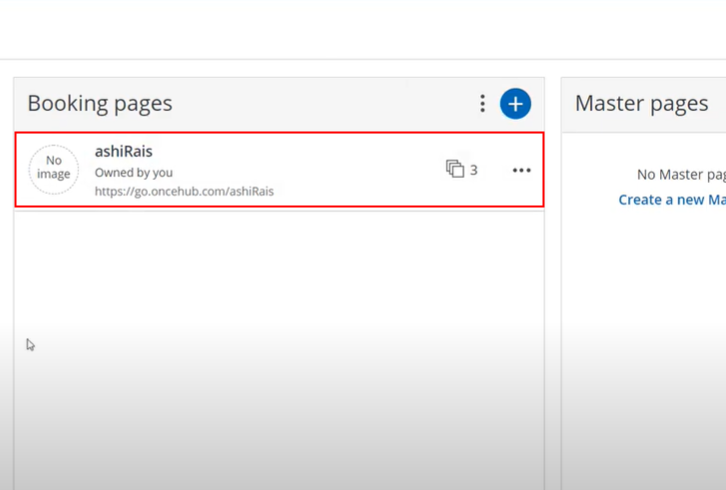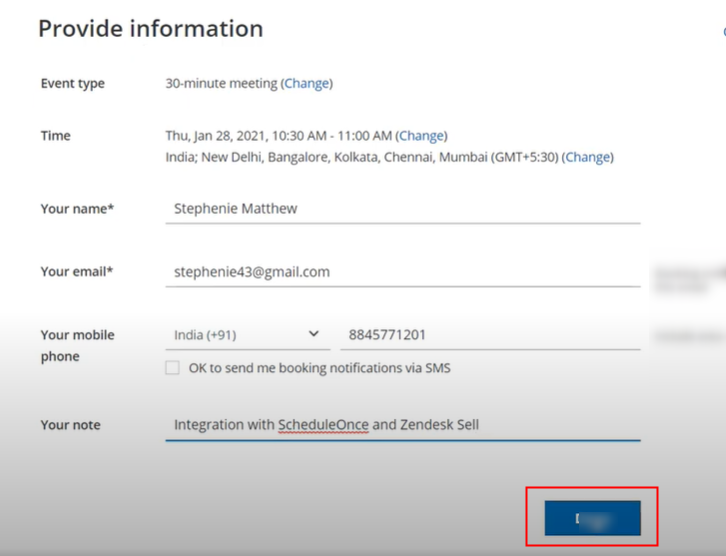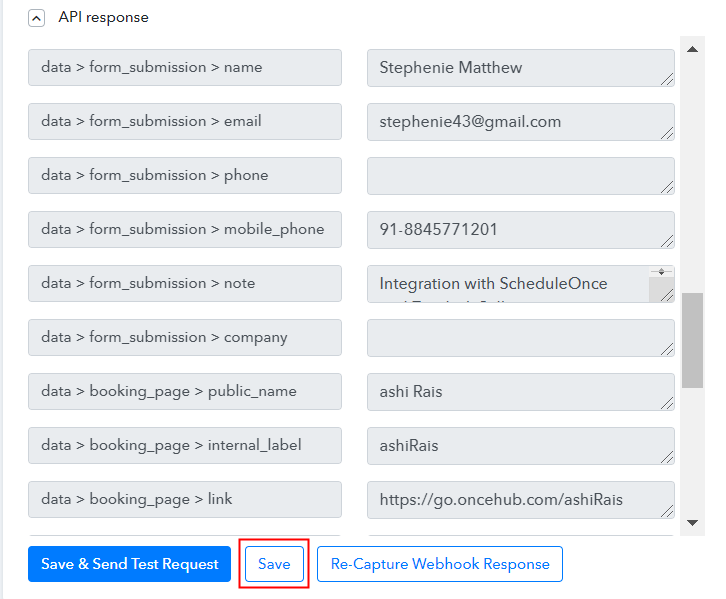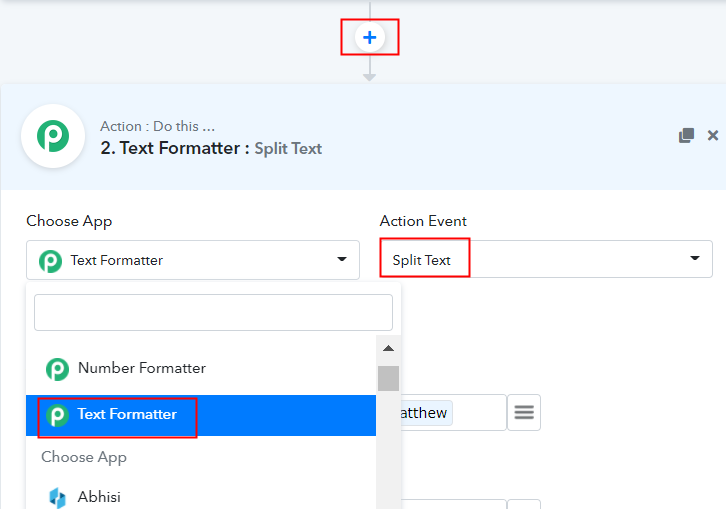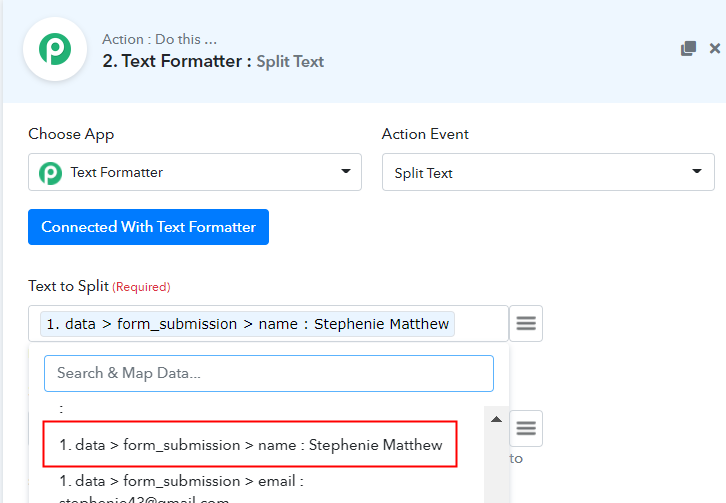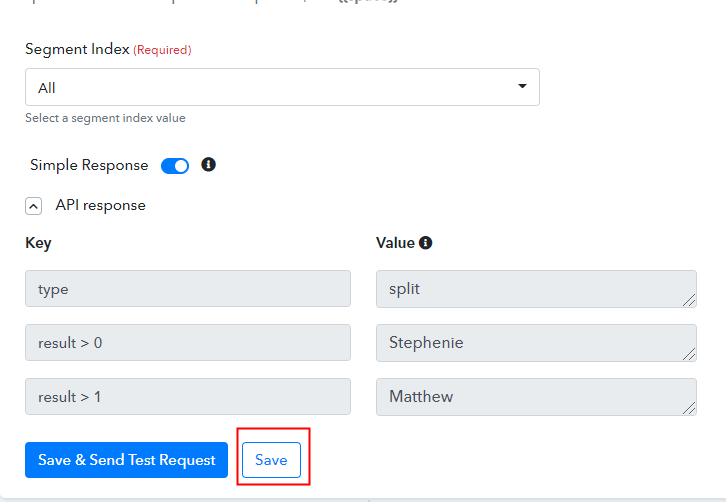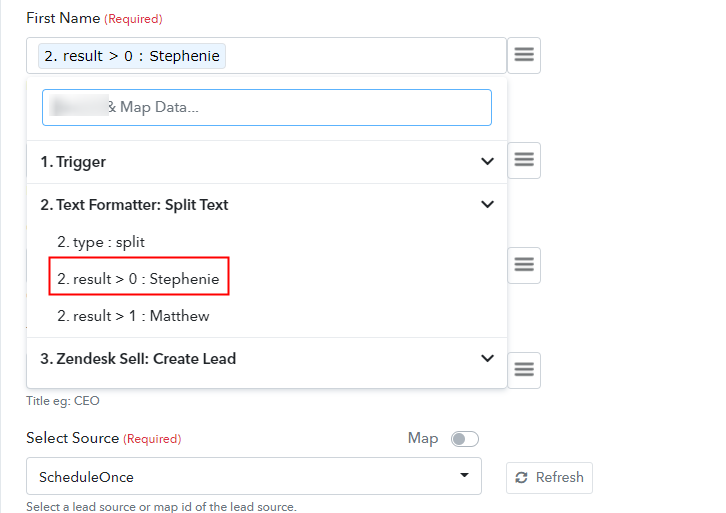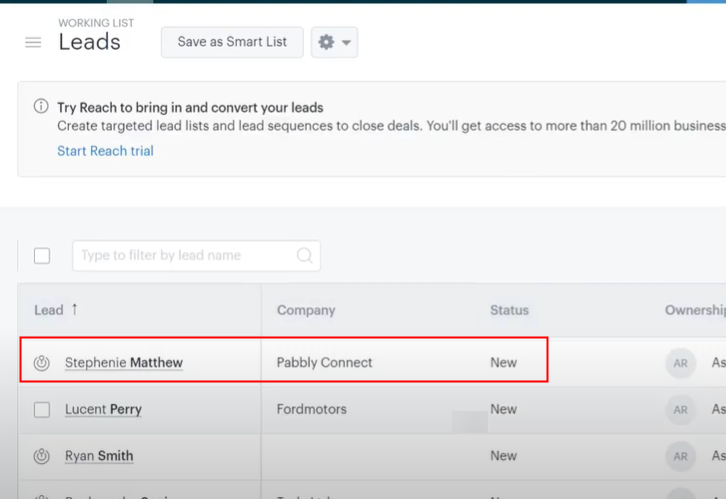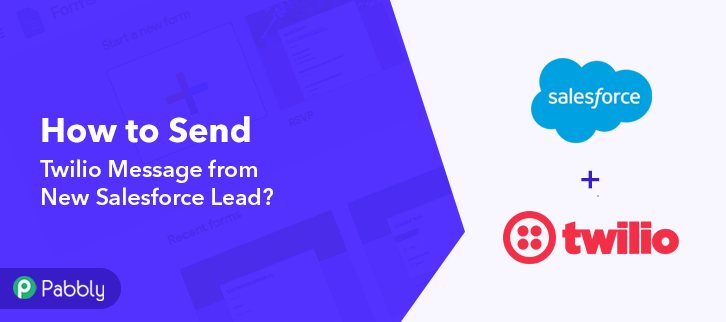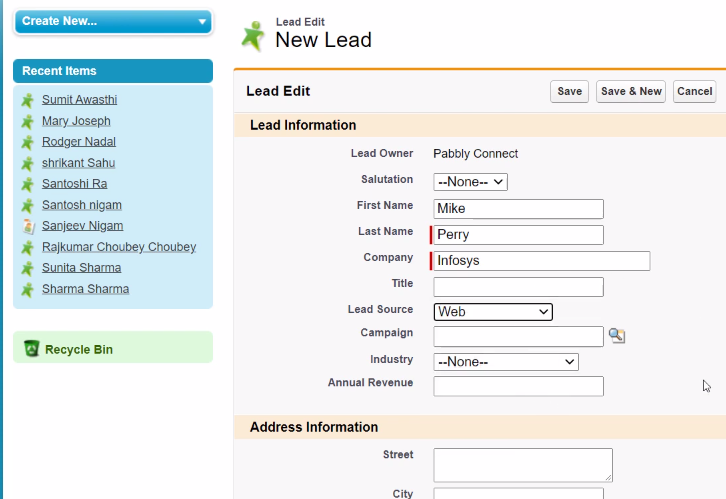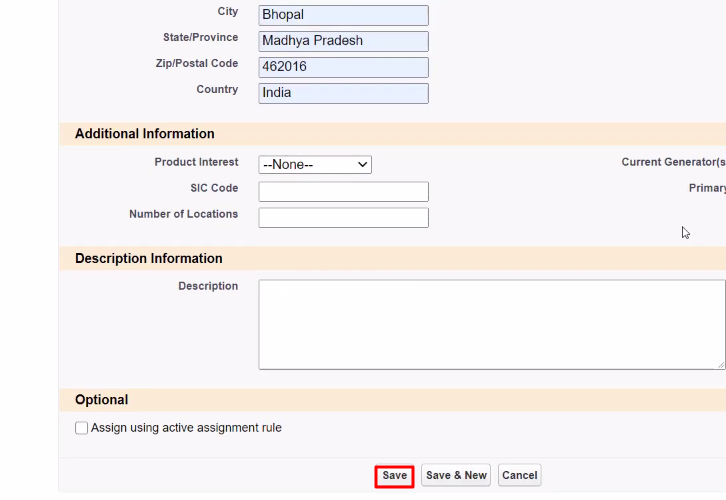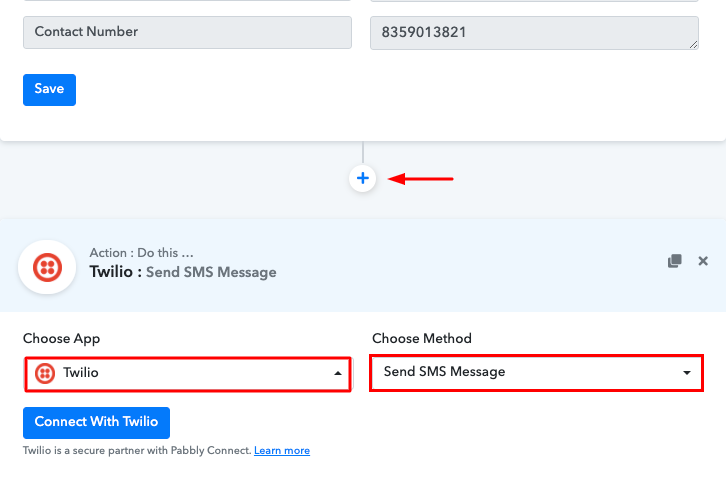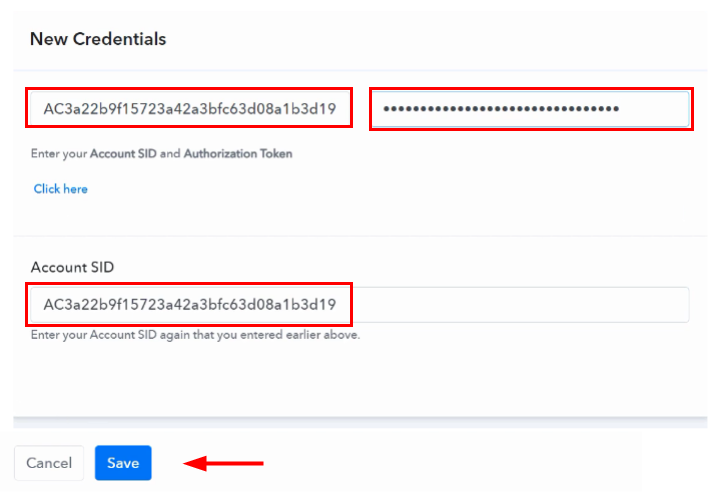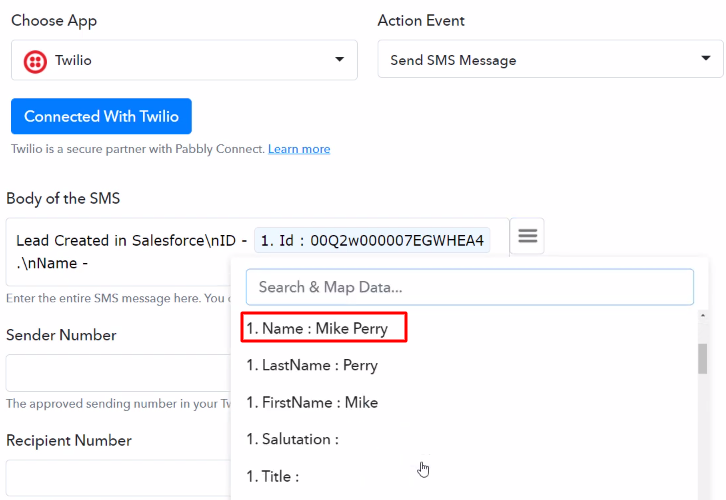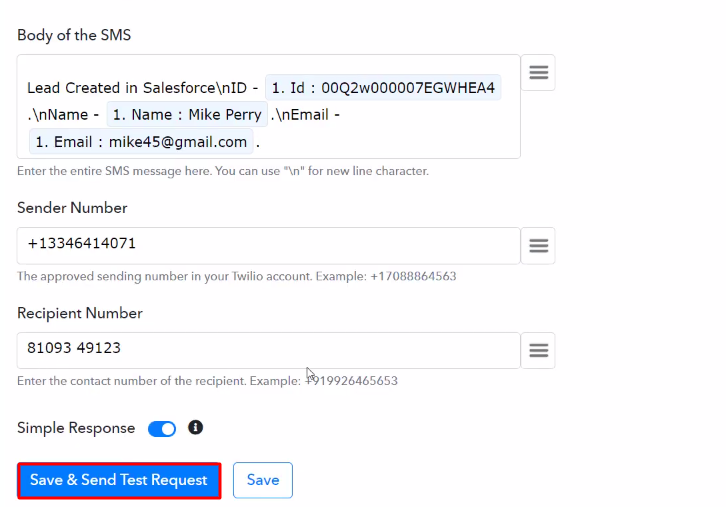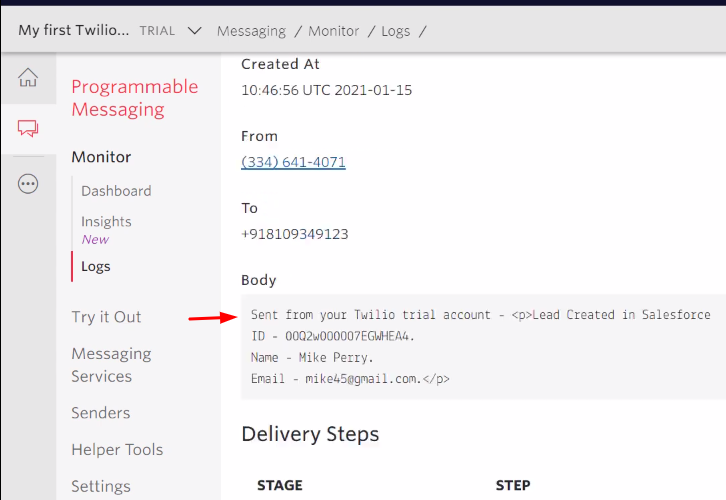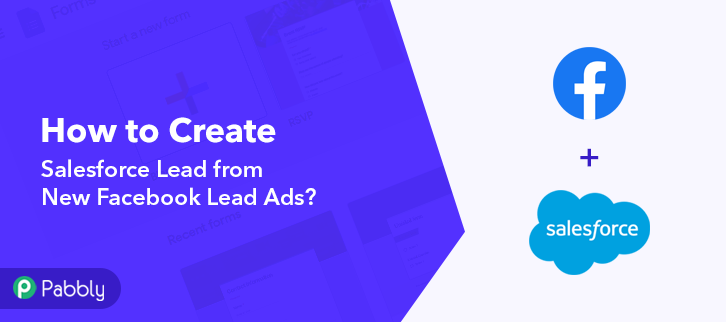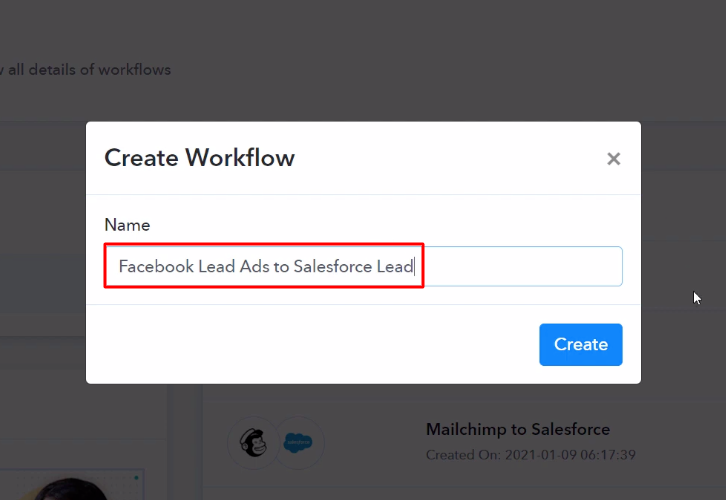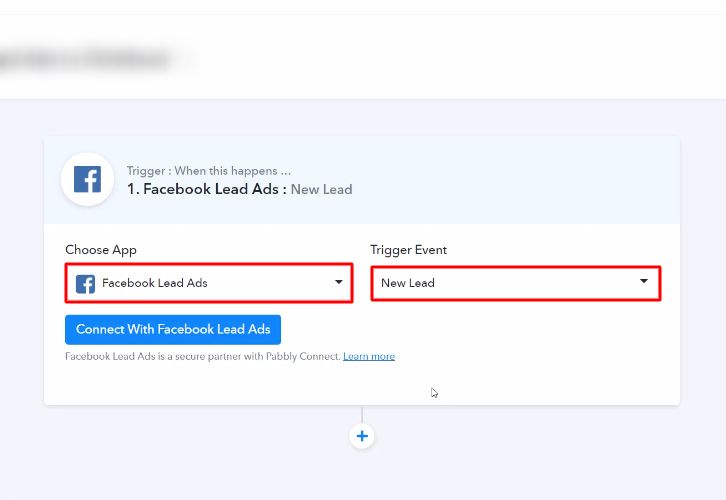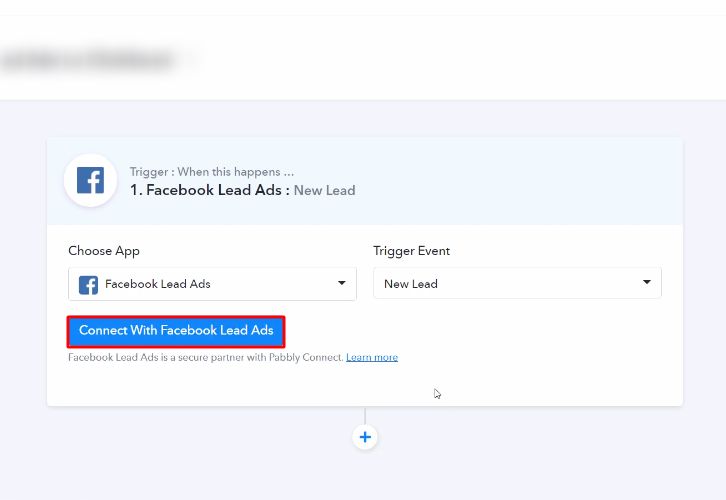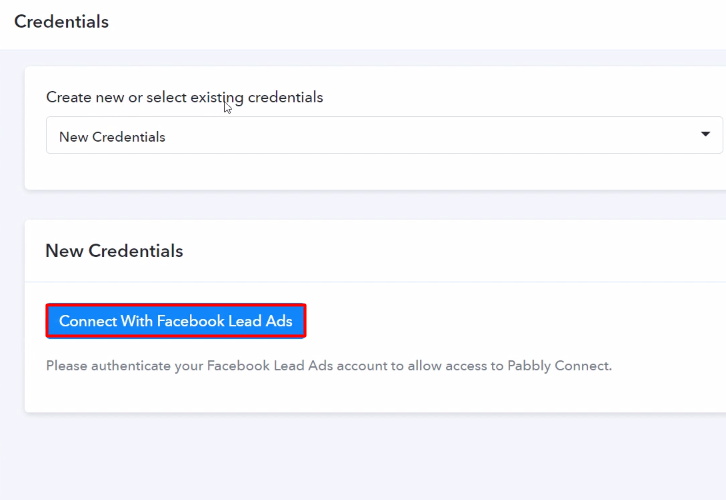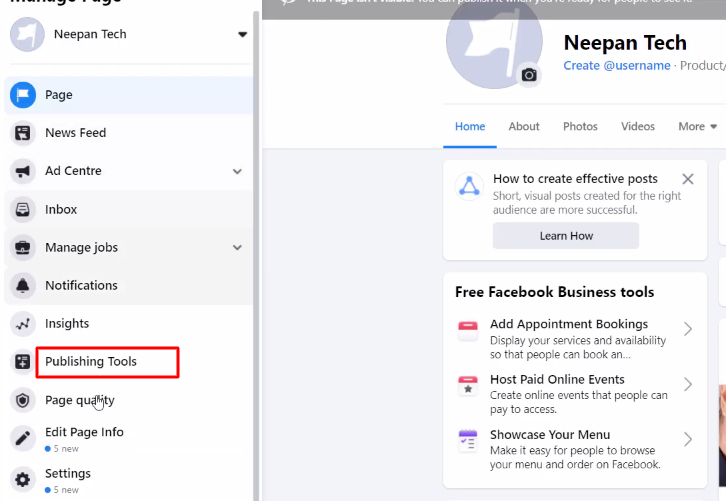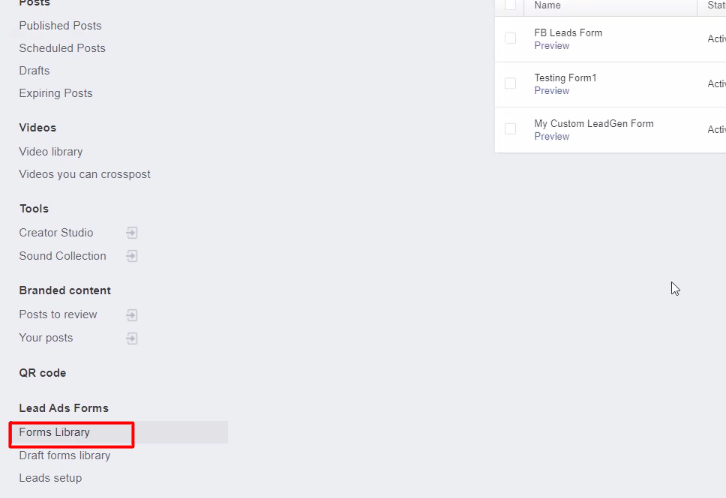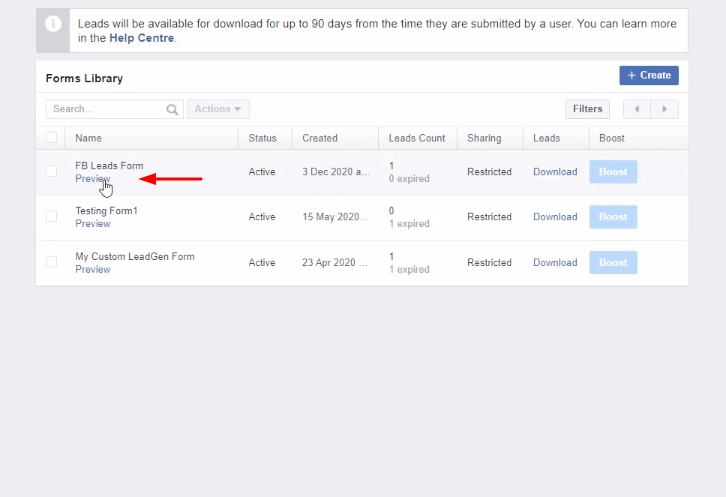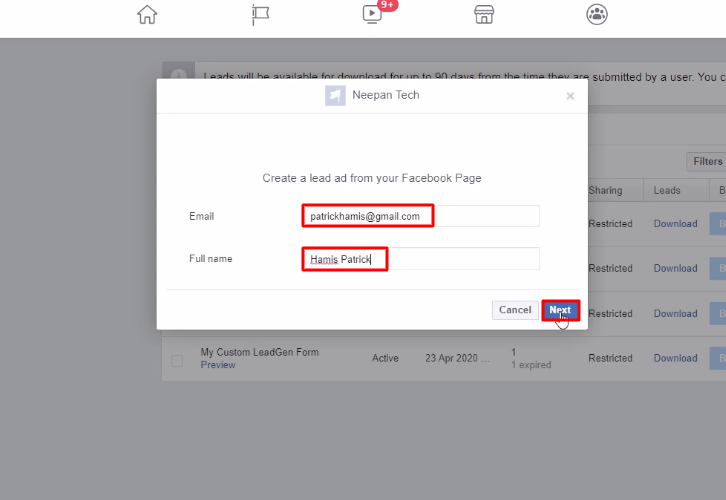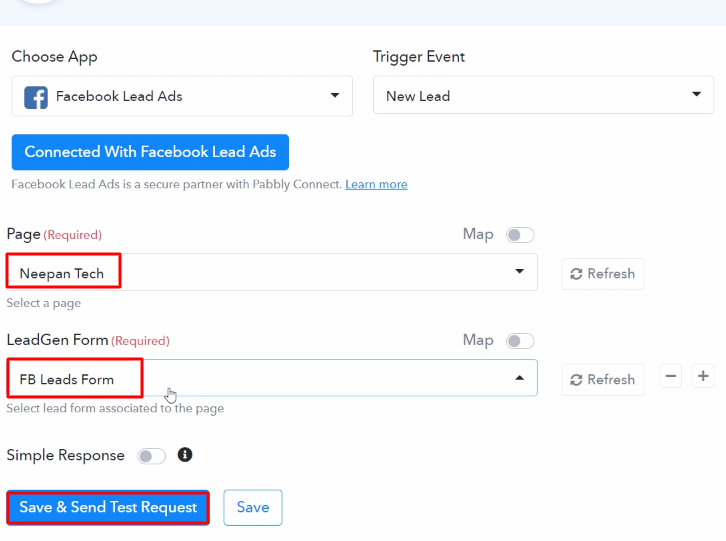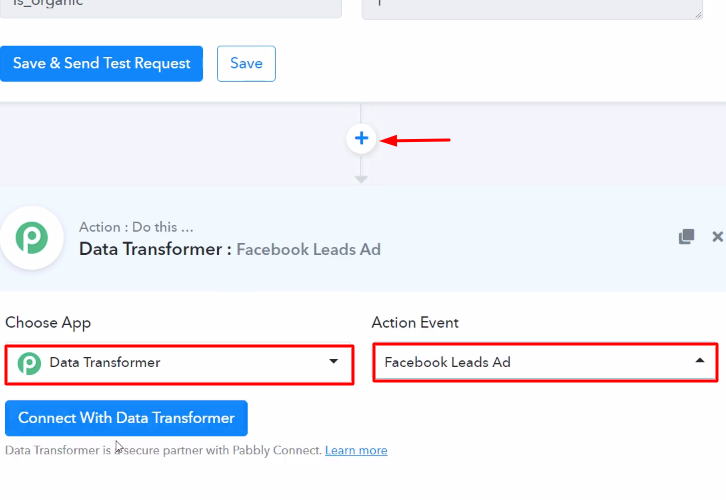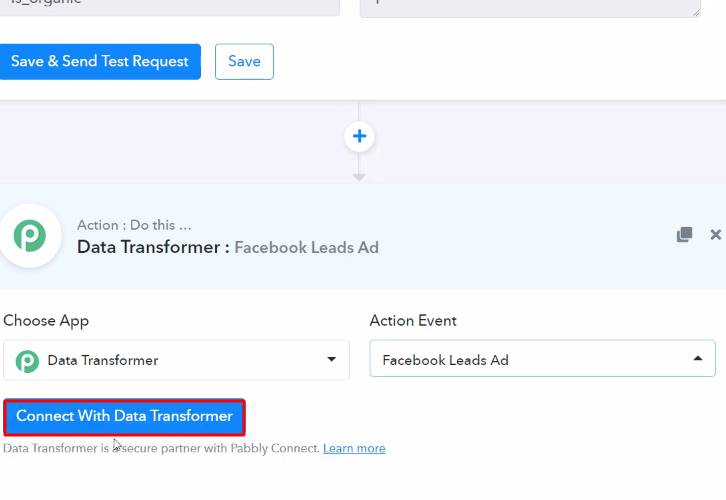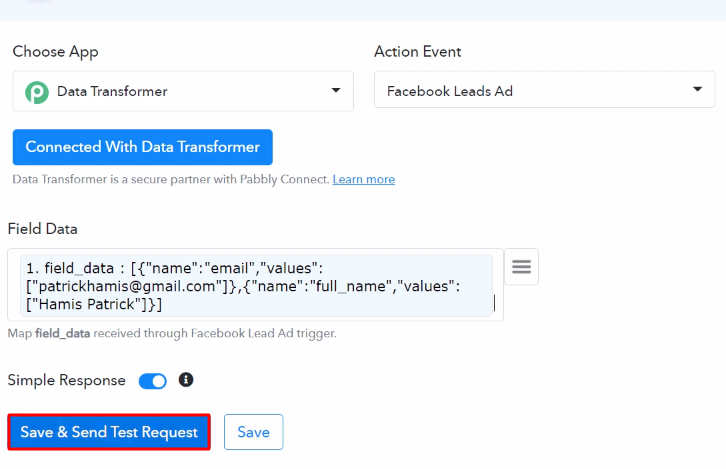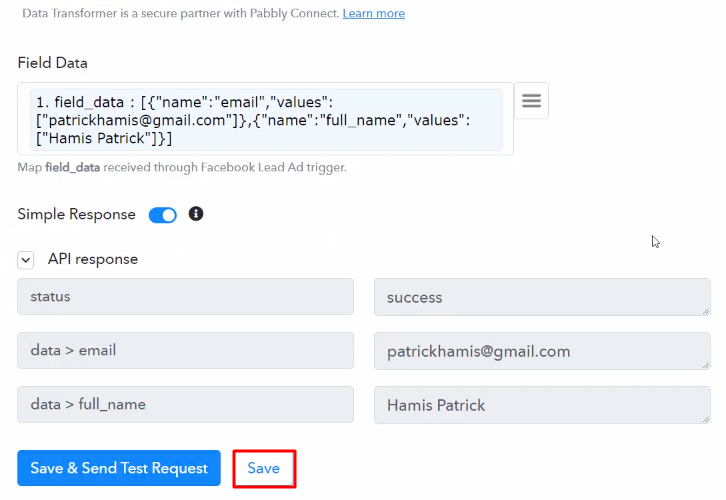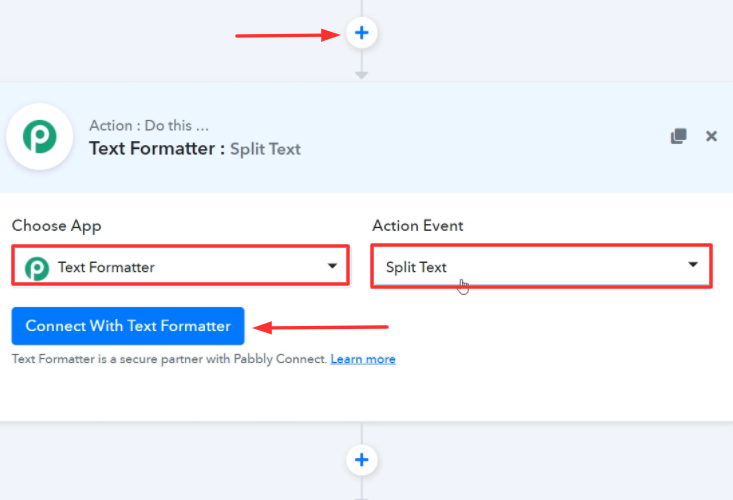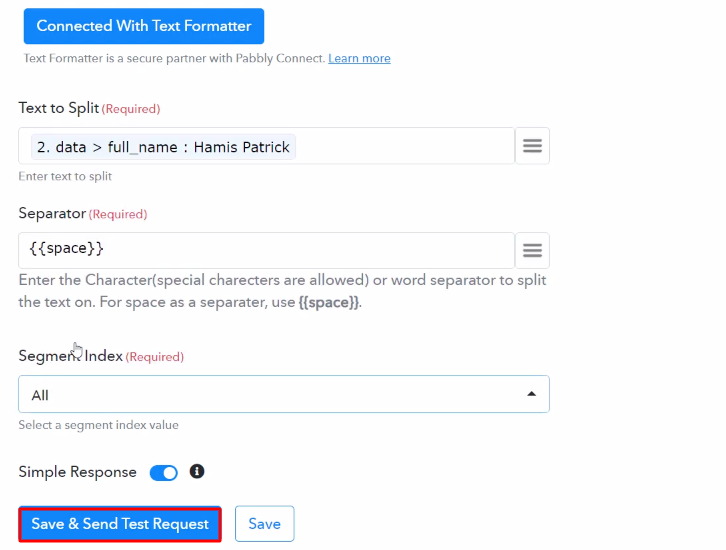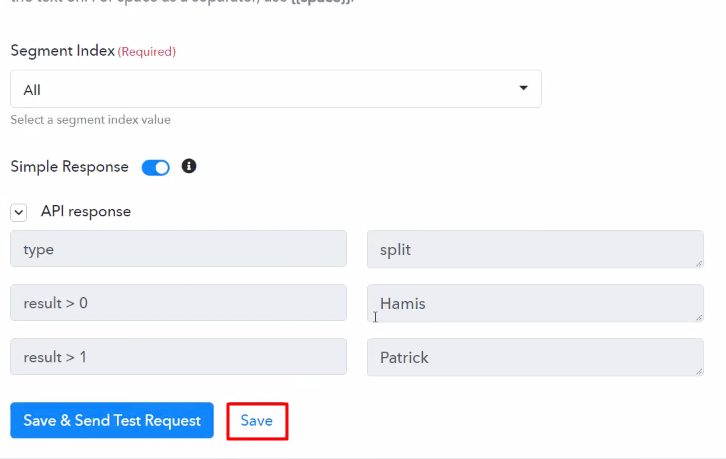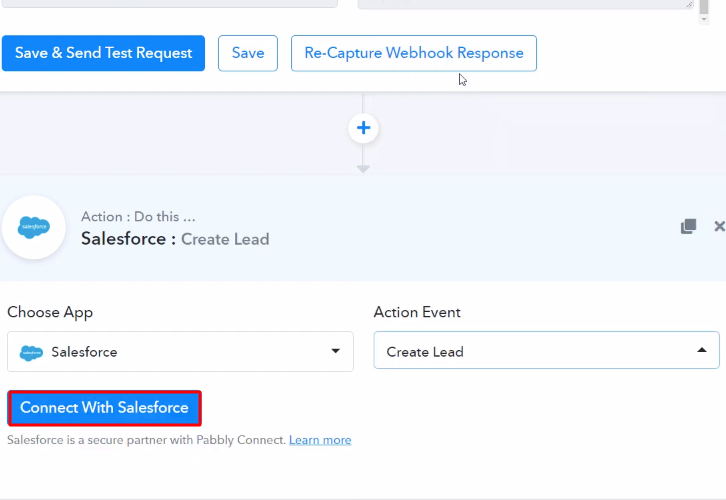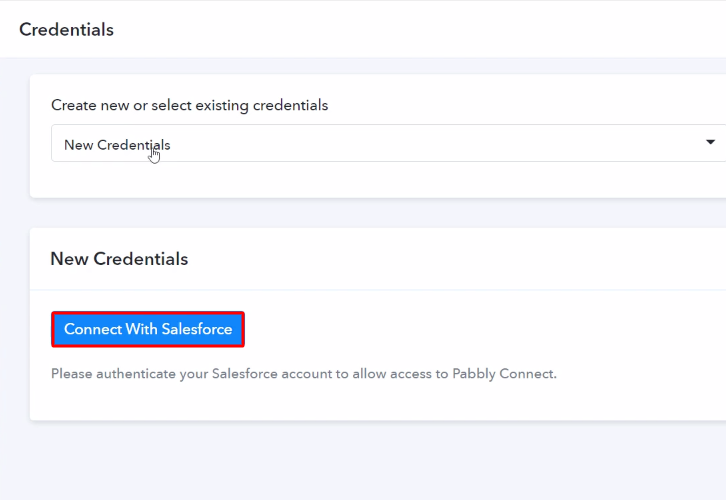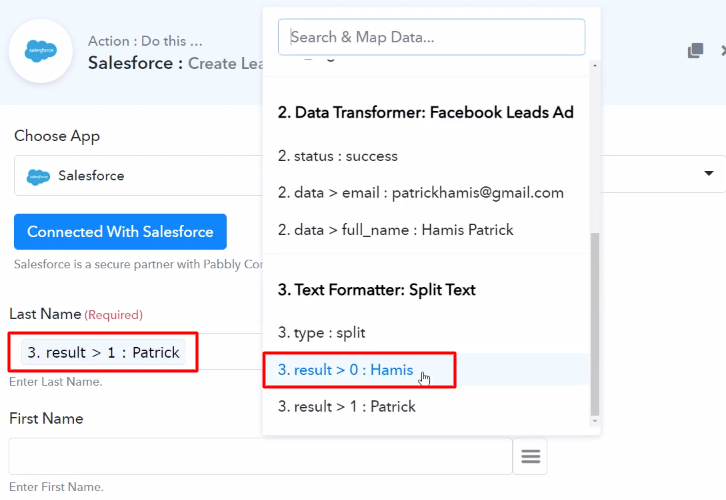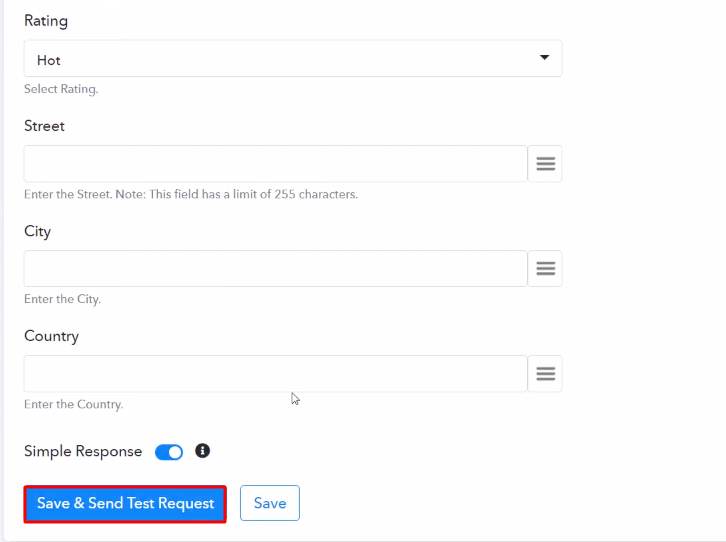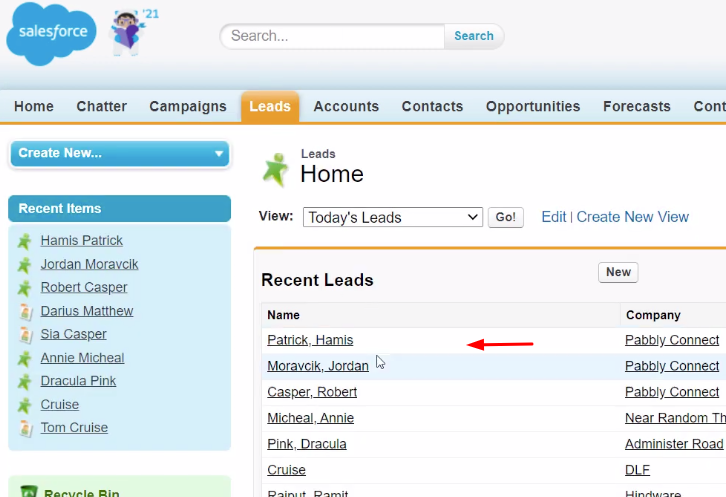Have you ever tried to send Google Sheets data to Airtable? Yes, you might have. but here in this blog, we are going to reveal the easiest approach to automatically share data between Google Sheets and Airtable using Pabbly Connect.
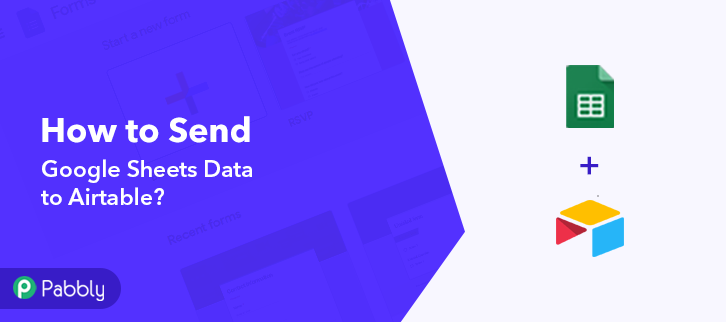
Although the question must be rising in your mind why there is a need of integrating Google Sheets and Airtable. Basically, Google Sheets is spreadsheet software for business and personal use. Whereas, Airtable is an easy-to-use online platform for creating and sharing relational databases.
Why Choose This Method Of Integration?
In contrast with other integration services-
- Pabbly Connect does not charge you for its in-built apps like filters, Iterator, Router, Data transformer, and more
- Create “Unlimited Workflows” and smoothly define multiple tasks for each action
- As compared to other services which offer 750 tasks at $24.99, Pabbly Connect offers 50000 tasks in the starter plan of $29 itself
- Unlike Zapier, there’s no restriction on features. Get access to advanced features even in the basic plan
- Try before you buy! Before spending your money, you can actually signup & try out the working of Pabbly Connect for FREE
By integrating Google Sheets and Airtable, we can save data from Google Sheets in Airtable software as a record. As you all know there is no way to directly connect both software, this is why we are recommending an integrating tool named Pabbly Connect. Moreover, we’ve embedded a video below to assist you with this automation process-
Besides, if you want to save some time in making this automation from scratch, we have attached a template for the same. Just simply click on the below image to get started quickly and in case you are looking for more apps/integrations, simply visit the Marketplace.
Hence, without further delay, let’s follow the step-by-step procedure to integrate Google Sheets and Airtable.
Step 1: Sign up to Pabbly Connect
Initiate the process to send Google Sheets data to Airtable by clicking on the “Sign Up Free” icon on the Pabbly Connect dashboard. Subsequently, either fill-up the details manually or sign up using Gmail credentials.
Try Pabbly Connect for FREE
Further, after logging into the account, click on the “Access Now” button as shown in the above image. Start the process of building a workflow for integration by clicking on the “Create Workflow” button. Moreover, add the name of workflow which in our case is “Google Sheets to Airtable”. Nevertheless, you can always name the workflow according to your requirements. Next, after building a workflow, you have to choose the integration app to send Google Sheets data to Airtable. Using Pabbly Connect you can avail unlimited actions and triggers, click here to sign up for unlimited workflows for free. The next step is to select “Google Sheets” from the dropdown, then choose the “New Spreadsheet Row” option from choose method section. Now, copy the webhook URL which is appearing on the dashboard. To create records in Airtable, you gotta paste the copied Webhook URL in the sheet. But before that, you, have to install the Add-on named Pabbly Connect in your Google Sheet. The next thing to do is create a Google Sheets with basic details like name, URL, etc. Further, in the add-on section, you have to click on the “Get add-ons” button to download the “Pabbly Connect Webhook”. After clicking on “Get Add-on” a new window will pop-up. Here in the search bar look for Pabbly Connect Webhooks. Now just click on the install option and within seconds it will get installed into your Google Sheets. Now, when you click on add-ons, Pabbly Connect Webhook will start appearing in the add-ons section. Just click on it, it will open certain options, select “Initial Setup” to smooth the whole Google Sheets- Airtable integration process. In addition, a window with two choices, the Webhook URL and Trigger Column, will appear when you press “Initial Set-Up”. In that segment, just paste your copied Webhook URL from Pabbly Connect and mention the trigger column as appropriate. To confirm the Google Sheets and Airtable integration, click on the ‘Send Test’ button. Before submitting a test message, make sure to press “Capture Webhook Response” on the Pabbly Connect dashboard. When the test request is received, a message in red letters will indicate that the data has been submitted. This is the additional step you have to do, to ensure that every time new data added to the sheet it will automatically appear in your Airtable account. For this, all you have to do is click on “Send on Event” in the “Add-On” option. The entry will appear on the ”Pabbly Connect “ dashboard as soon as you click on the “Send Test“ option. Next, click on the “Save” button. To make Google Sheets and Airtable integration work, you have to choose the action for your trigger. Next, press the “+” icon to add an action to the trigger. Here we can pick “Airtable” from the drop-down. Then choose the method “Create Record”. Click on the “Connect with Airtable” button after making all the necessary adjustments. In addition, the permission window will open asking for an API key for which you have to log in to your Airtable account. To connect Google Sheets to Airtable, you need to paste the “API Key” for which you have to log in to your Airtable account. As soon as you entered into the Airtable dashboard, click on the “Profile” button appearing on the top then select the “Account” option. Now, scroll down and copy the given API key to move further. Subsequently, paste the copied API key in Pabbly Connect and hit the “Save” button. After connecting with your Airtable account, just map the appropriate field from the drop-down region, such as the table name, base ID, etc. Subsequently, after filling in all the details, press the “Save & Send Test Request” button to test the Google Sheets Airtable integration. Finally, your submission will immediately appear there when you search the record segment of Airtable. You now know how to connect Google Sheets to Airtable automatically. This is a one-time operation. The online business automation platform, i.e. Pabbly Connect will now do all the manual work. Alright! This is our catch on how to send Google Sheets data to Airtable using Pabbly Connect. Believe us, it is one of the best integration software in the market that allows data transmission in a matter of time. Just follow all the mentioned steps and nothing else. Plus the software doesn’t restrict you from using any features even in its free plan. So, what’s stopping you now, Go and try Pabbly Connect for Free.Step 2: Access Pabbly Connect
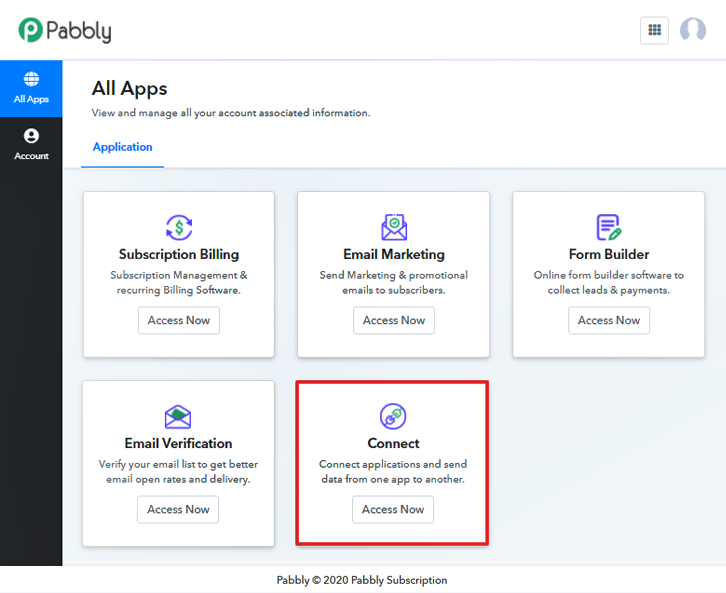
Step 3: Workflow for Google Sheets to Airtable Integration
(a) Start with a New Workflow

(b) Name the Workflow
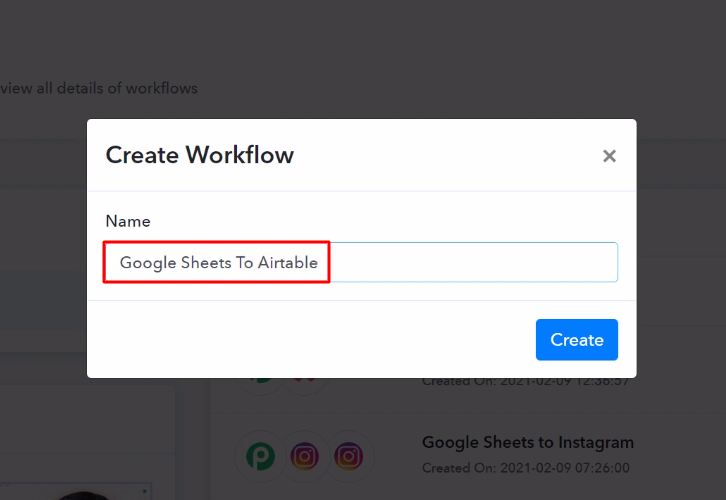
Step 4: Setting Trigger for Google Sheets to Airtable Integration
(a) Select Application you Want to Integrate

(b) Copy the Webhook URL
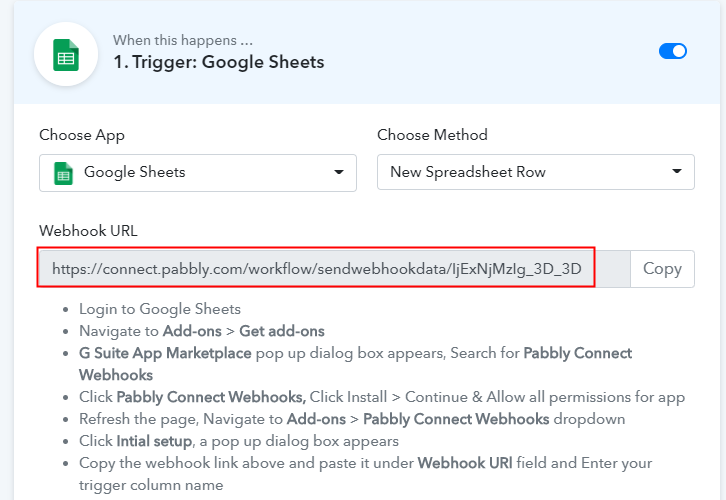
Step 5: Connecting Google Sheets with Pabbly Connect
(a) Create a Google Sheets
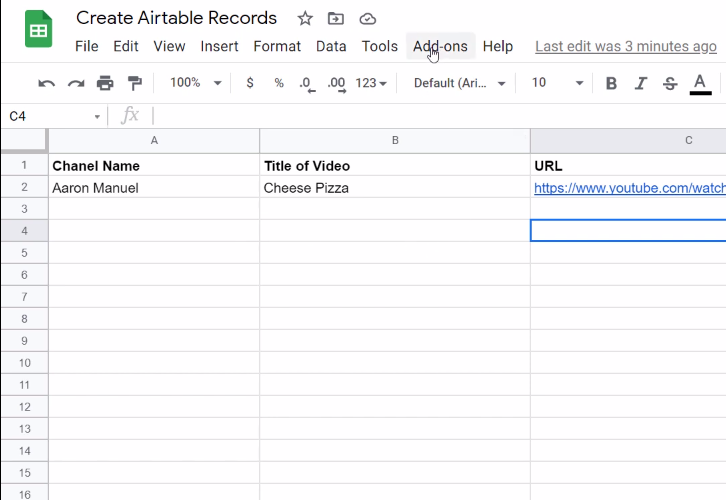
(b) Click on Add-ons
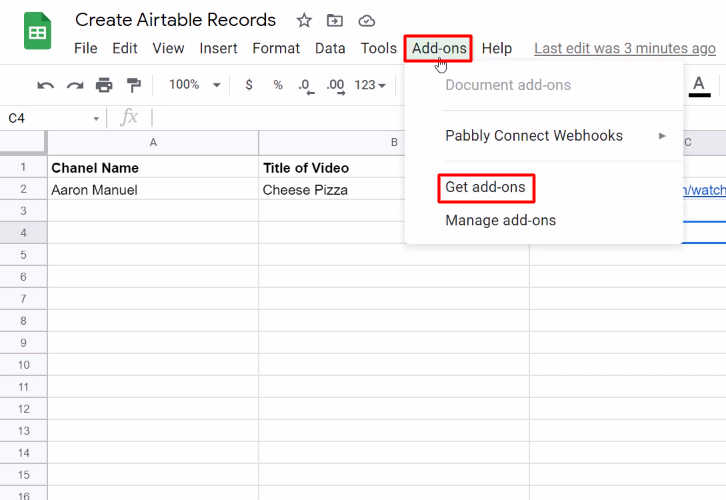
(c) Find Pabbly Connect in G Suite Market Place

(d) Install Pabbly Connect
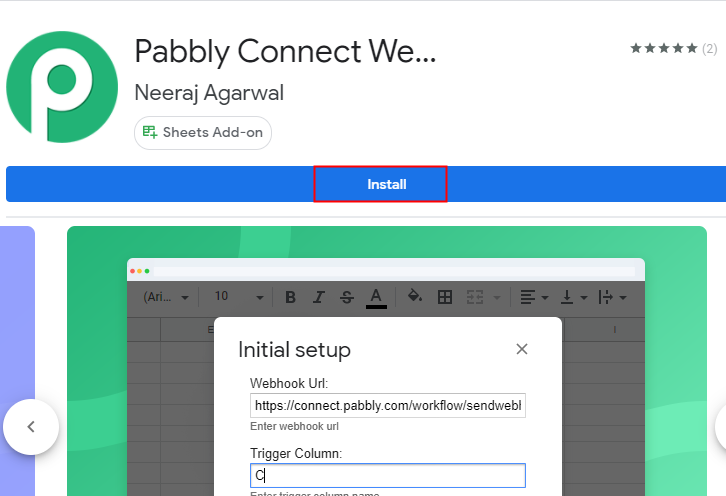
(e) Press Initial Setup in Google Sheets
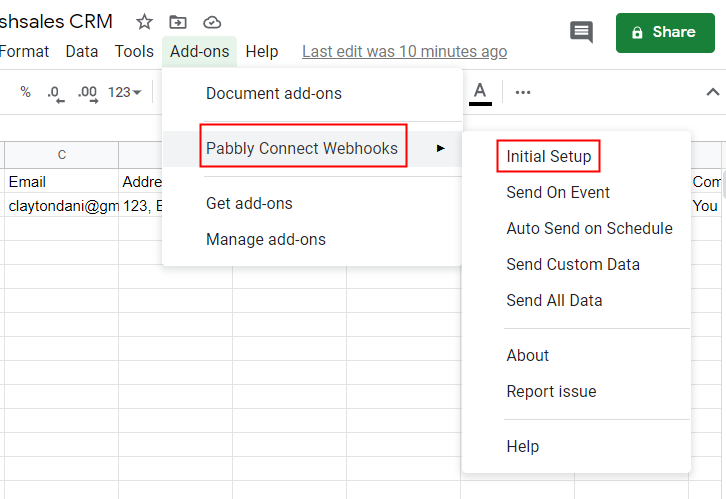
(f) Paste the Webhook URL
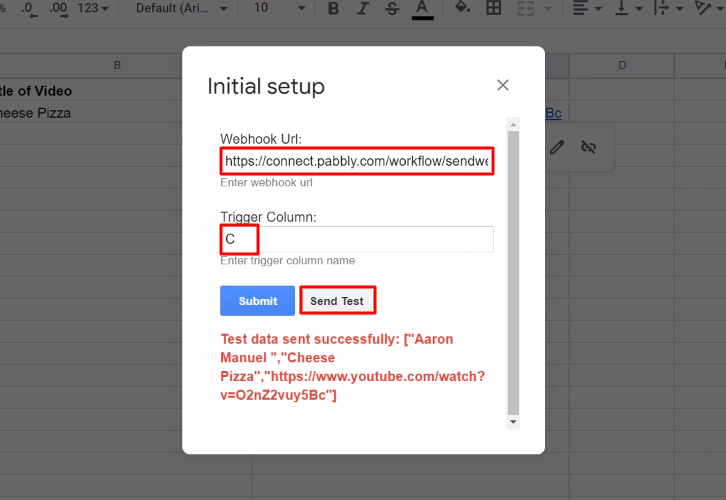
(g) Click Send On Event In Google Sheets
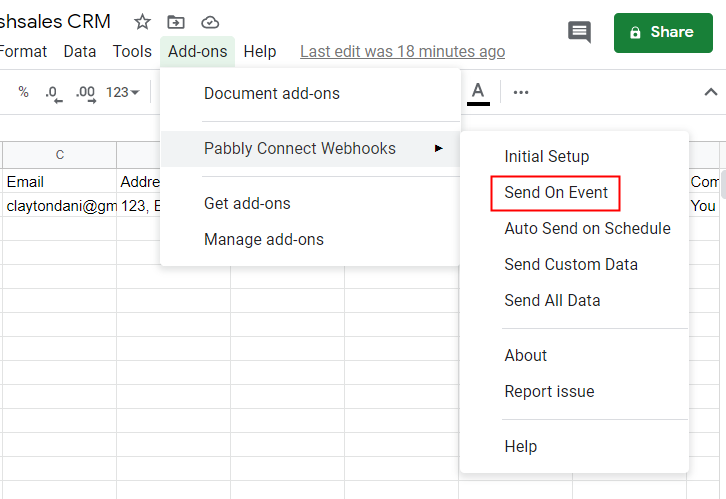
Step 6: Test the Response in Pabbly Connect Dashboard
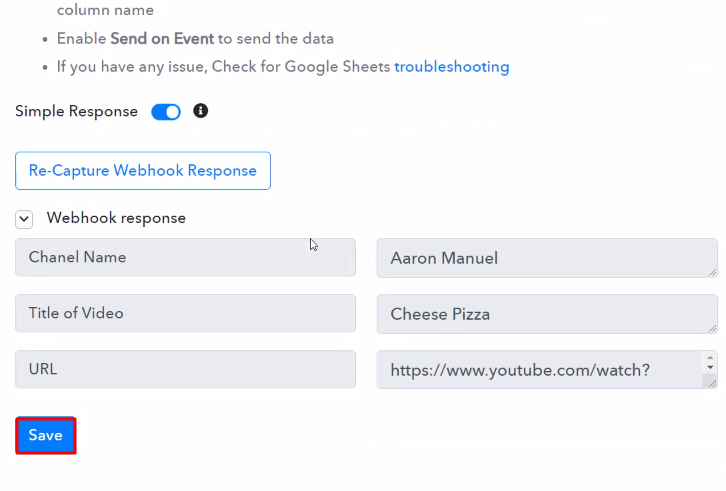
Step 7: Setting Action for Google Sheets to Airtable Integration
(a) Select Application you Want to Integrate
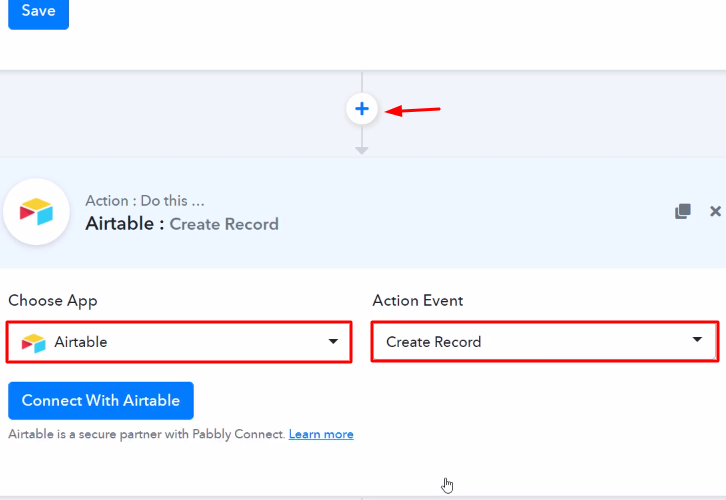
(b) Click the Connect Button
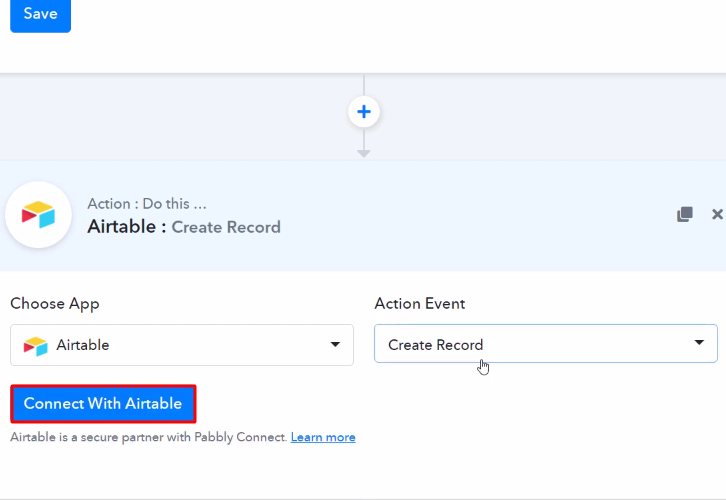
Step 8: Connecting Airtable to Pabbly Connect
(a) Go to Airtable Account
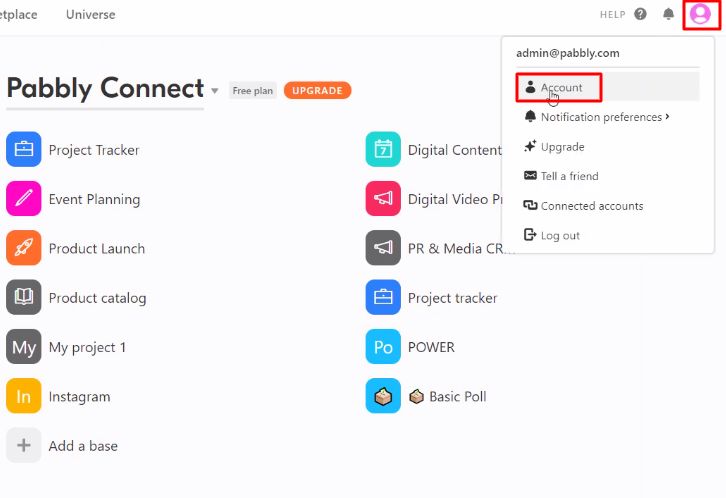
(b) Copy the API Key
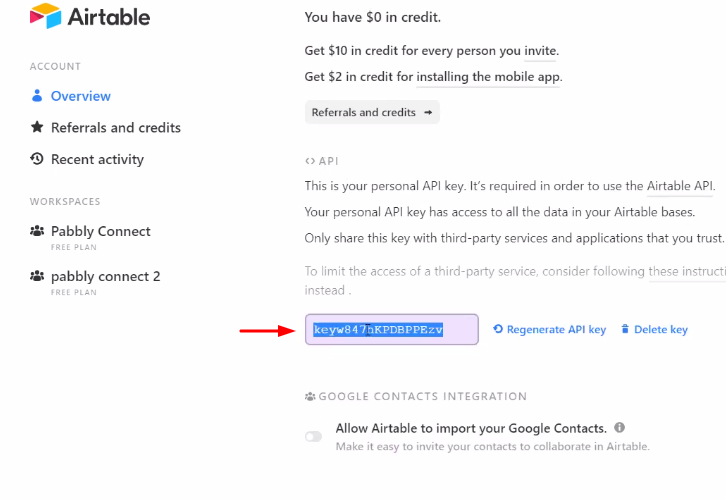
(c) Paste the API Key
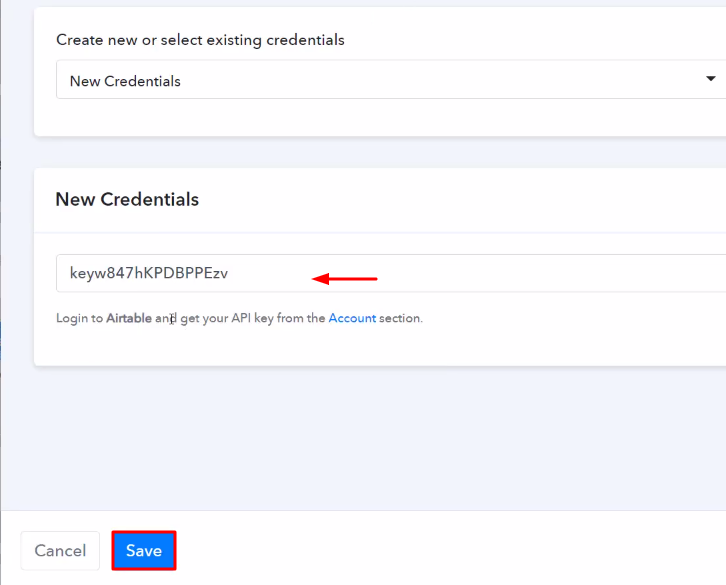
(d) Map the Fields

(e) Save and Send Test Request
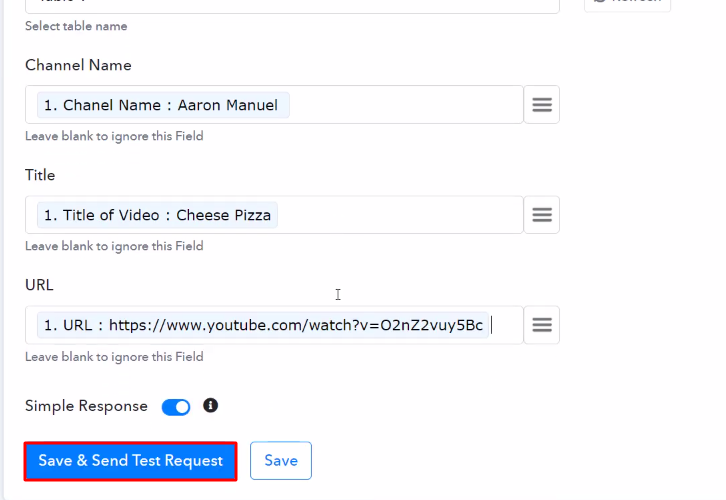
Step 9: Check Response in Airtable Dashboard
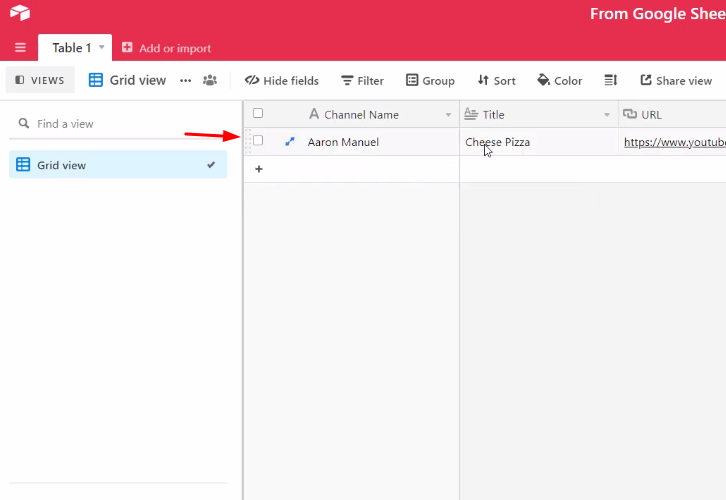
Conclusion –
You May Also Like To Read –

